Pregnancy in rabbits can feel exciting and a little overwhelming. Whether it was planned or unexpected, helping your rabbit through her pregnancy requires a shift in how you care for her. She'll need a different diet, a safe place to give birth, and a peaceful space to raise her babies.
Click Here For a Guide to Feeding Your Baby Rabbits.

This guide will walk you through everything you need to know about rabbit pregnancy care—from separating the male to building a cozy nest for the kits. With the right prep and attention, your rabbit can stay comfortable and healthy throughout the process.
Remove the Male Rabbit Immediately
One of the first things to do after mating is to move the male rabbit to a separate enclosure. Female rabbits, or does, can become pregnant again almost instantly after giving birth. They can even carry two litters at once, a phenomenon known as superfetation.
If you're not planning on raising more rabbits, now is a smart time to consider neutering your male. According to the House Rabbit Society, separating the pair and sterilizing the male helps reduce stress and stops unwanted pregnancies.
Female rabbits reach sexual maturity as early as 3.5 months old. If you have multiple rabbits, monitor them closely and separate by sex before they reach breeding age.
Understanding the Rabbit’s Gestation Timeline
The average rabbit pregnancy lasts 31 to 33 days. It's short but very active. During this time, her behavior, appetite, and nesting habits might shift.
If you aren't sure how far along your rabbit is, a visit to the vet can help you estimate. Some signs of a pregnant rabbit include a firm belly, increased appetite, and a noticeable change in behavior. Some rabbits become more territorial or protective.
If she hasn't delivered by day 33, contact your vet. Kits left in the womb past this timeframe may not survive, and the risk of complications increases.
Adjusting Her Diet for Rabbit Pregnancy Care
Proper nutrition is key during pregnancy. Your rabbit's body is working overtime to support growing babies. She needs extra protein, calcium, and overall calories to meet the demands.

Begin shifting her hay from grass-based varieties like Timothy to Alfalfa Hay. Alfalfa has higher levels of protein and calcium, which support fetal development and milk production.
Also, increase her daily vegetable intake. Leafy greens, such as romaine lettuce, parsley, and cilantro, offer additional hydration and nutrients. Avoid high-sugar treats or starchy foods, and keep water fresh and always available.
A few days before the expected birth, reduce her pellet intake by about half. This helps reduce the chance of gastrointestinal upset during delivery. But always keep her water unlimited.
Roughly two weeks after giving birth, begin transitioning her back to her regular adult diet. Do this gradually to avoid shocking her digestive system.
Creating a Safe Nest for Delivery
Your rabbit will need a quiet, protected space to give birth. A nesting box mimics a wild burrow, providing warmth and protection for the babies, or kits.
You can buy a nest box from your local pet supply store, or build one using untreated wood. The box should be large enough for your rabbit to move in and out comfortably but small enough to keep the kits contained.
Place a generous amount of soft hay inside the box. Your rabbit will likely start pulling her fur and mixing it with the hay to line the nest. This behavior usually starts a few days before delivery and is a clear sign that birth is near.
For a good DIY guide on building a nest box, check out this helpful tutorial from The Nature Trail.
Rabbit Pregnancy Care: What to Expect During Birth
Rabbits usually give birth early in the morning, often without any need for human help. As long as your rabbit has a calm, clean, and quiet environment, she should be able to deliver on her own.
Minimize noise, avoid bright lights, and keep other pets out of the room. Your role is to maintain a calm and safe environment. Don't interfere unless you see signs of distress, such as prolonged straining or visible pain.
The kits will be born blind, hairless, and deaf. They'll instinctively burrow into the hay and fur lining. A typical litter can range from 4 to 12 babies, though some does can have as many as 14.
Shortly after birth, check the nest for any stillborn or unhealthy kits. If there are any that didn't survive, remove them immediately to prevent bacteria or flies from contaminating the area.
It's common for rabbits to eat stillborns, not out of cruelty but instinct. It helps keep the nest clean and discourages predators in the wild. If you need to handle the nest, try giving your rabbit her favorite treat in another area to keep her distracted.
How to Know If the Kits Are Being Fed
Mother rabbits have nutrient-rich milk and usually feed their kits just once or twice a day—often around dawn. That might sound like too little, but it's normal and healthy behavior.
To confirm the babies are being fed, gently inspect them. They should feel warm and have round, slightly bulging bellies. If they're cold, wrinkled, or thin, it may mean they aren't nursing well.
If you suspect the mother isn't feeding them, consult your vet right away. You may need to step in with special formula, which must be done carefully and with guidance to avoid aspiration or other risks.
Monitoring the Postpartum Rabbit
After delivery, your rabbit will be tired but should recover quickly. She'll resume eating and grooming within a few hours. Keep her stress low and her space quiet.
Give her extra food to keep up with milk production. This is one reason why a hay-based diet is so important—especially when it's Alfalfa during this time.
Continue checking on the babies daily, but avoid overhandling. Let the mother do her job while you observe from a short distance.
Weaning the Kits and When to Separate
The weaning process begins around three weeks of age and usually finishes by six to eight weeks. During this time, the babies will start nibbling on hay and pellets while still nursing from their mother.
Continue feeding the mother Alfalfa Hay so the babies can share the same food. As the kits become more active and independent, slowly introduce them to small amounts of fresh vegetables, such as parsley or dandelion greens. Just make sure to introduce one vegetable at a time and watch for digestive issues.
At eight weeks, it's time to separate the young rabbits by sex. Male rabbits can become sexually active as early as 10 to 12 weeks, and you don't want to risk another surprise pregnancy. If you're unsure of their sex, your veterinarian can help you properly identify males and females.

Common Health Concerns During Rabbit Pregnancy
Rabbit pregnancies are generally smooth, but there are some complications to watch out for. Early detection can make all the difference for both the mother and her litter.
Trouble During Labor
If your rabbit is straining for more than 30 minutes without delivering a kit, or if she seems distressed, it could be a sign of difficulty. In rare cases, a kit may get stuck in the birth canal. Don't attempt to assist without professional help—call your vet immediately.
Retained Kits
If labor stops and not all babies are delivered, this can lead to a life-threatening infection. The rabbit may act lethargic, avoid eating, or show signs of abdominal discomfort. This is another emergency situation requiring veterinary attention.
Mastitis
Mastitis is an infection in the mammary glands. The affected area may appear swollen, hot, or bruised in color. The rabbit might be reluctant to nurse and show signs of pain. Mastitis can progress quickly, so early treatment with antibiotics is important.
Stress or Maternal Neglect
Some first-time mothers may reject or abandon their litter. Stress, noise, or illness can all contribute. Minimize disruptions and give her plenty of privacy. If neglect continues, you may need to hand-feed the babies with a vet-recommended milk replacement like Kitten Milk Replacer.
Essential Supplies for Rabbit Pregnancy Care
Proper supplies make a big difference in comfort and safety for both the mother and her babies. Here's a helpful checklist to keep on hand during the pregnancy:
Nesting box: Wooden or plastic, with high sides and an easy exit ramp.
Fresh hay: Stock up on Alfalfa Hay for mom and kits.
Water bottle or bowl: Easy access to water is a must during pregnancy and nursing.
Soft bedding: Aspen shavings or shredded paper (avoid pine or cedar).
Veterinary contact info: For emergencies or unexpected questions.
Scale (optional): Weigh kits weekly to monitor growth and detect health problems early.
When to Call the Vet
Rabbit pregnancy care doesn't usually require medical intervention, but there are some warning signs that mean it's time to get professional help:
Pregnancy passes 33 days with no signs of birth
Mother shows signs of pain or distress
Kits appear cold, weak, or underfed
Visible swelling or redness around the mammary area
Mom has stopped eating or drinking
Rabbits tend to hide pain well, so it's important to act quickly if something feels off. Keep your vet's contact info handy throughout the pregnancy and postpartum period.
Extra Tips for First-Time Rabbit Parents
If you're going through this for the first time, here are a few real-world tips that can make things smoother for both you and your rabbit:
Don't panic if you don't see the mother feeding the kits. It often happens in the early morning while you're still asleep.
Keep the environment peaceful and consistent. Loud noises, visitors, or cage changes can stress a pregnant or nursing rabbit.
Limit human handling of the babies during the first week. Wait until their eyes open (usually around 10 days) before picking them up regularly.
Start finding homes early. If you plan to rehome the kits, begin networking and planning placements by 6 to 7 weeks of age.
Want more help setting up a rabbit-friendly space for your babies to grow up in? Check out our blog on creating the best rabbit habitat setup to get ideas.
Final Thoughts on Rabbit Pregnancy Care
Rabbit pregnancies are quick and often uneventful, but they still need attention. From dietary changes to quiet nesting spaces, a few thoughtful steps go a long way in helping your rabbit and her babies stay healthy.
Whether it's your first rabbit pregnancy or your fourth, the basics stay the same: give her high-quality food, reduce her stress, and watch for signs that something isn't right. Keep her nest cozy and her space quiet—and let nature do the rest.
If you're unsure about anything, or if something doesn't seem right, don't hesitate to call your vet. Being proactive is the best way to protect both the mother and her kits.
Key Takeaways for Rabbit Pregnancy Care
Separate male rabbits immediately after mating to prevent back-to-back pregnancies.
Switch the pregnant rabbit to a diet rich in protein and calcium—Alfalfa Hay is ideal.
Use a proper nest box with hay and fur lining for warmth and protection.
Rabbits give birth quickly and quietly, usually without help—but watch for complications.
Feeding happens just once or twice a day—check the babies' bellies to make sure they're eating.
Supporting your rabbit through her pregnancy can be a deeply rewarding experience. With a little knowledge and the right supplies, you'll be ready for the arrival of tiny paws and ears in no time.


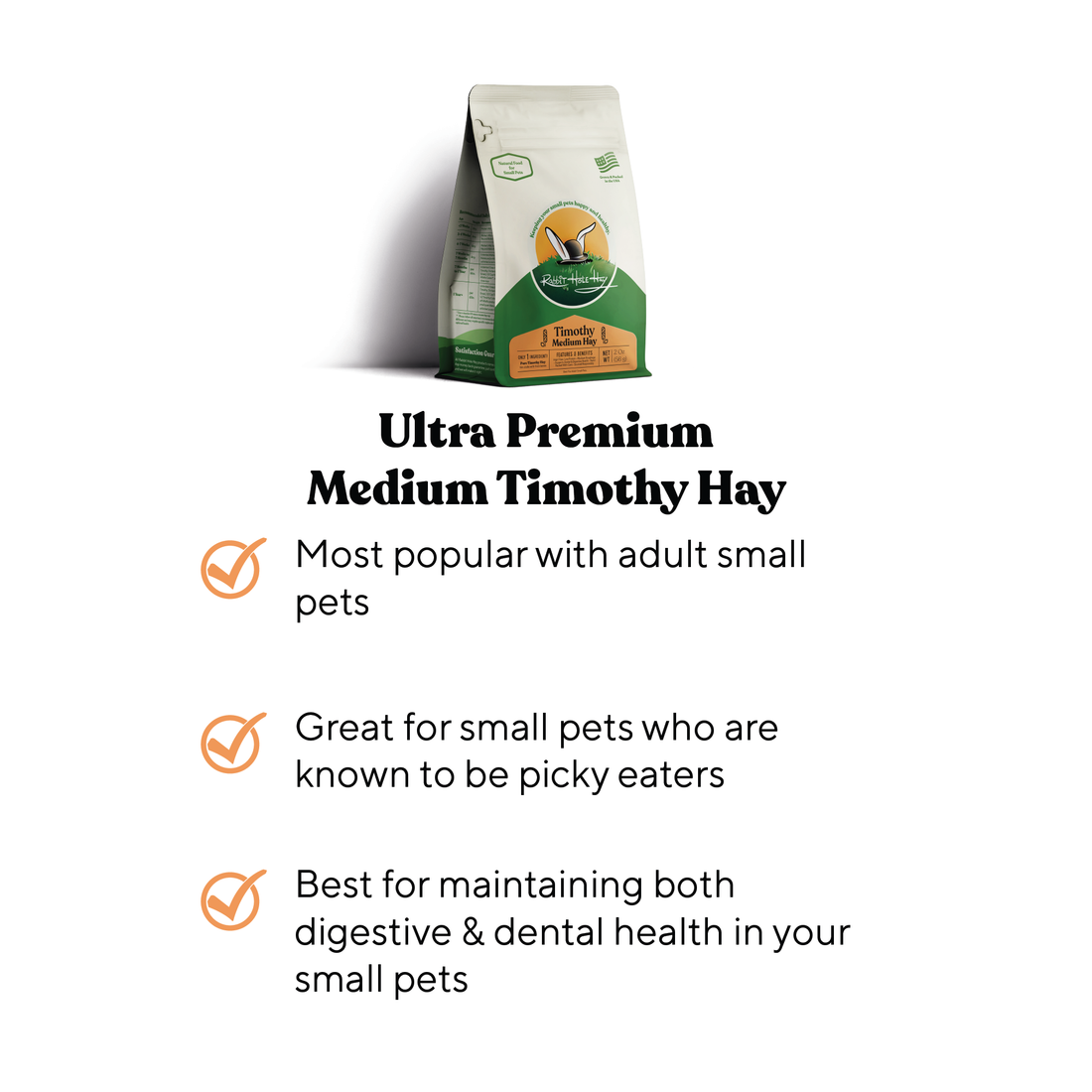



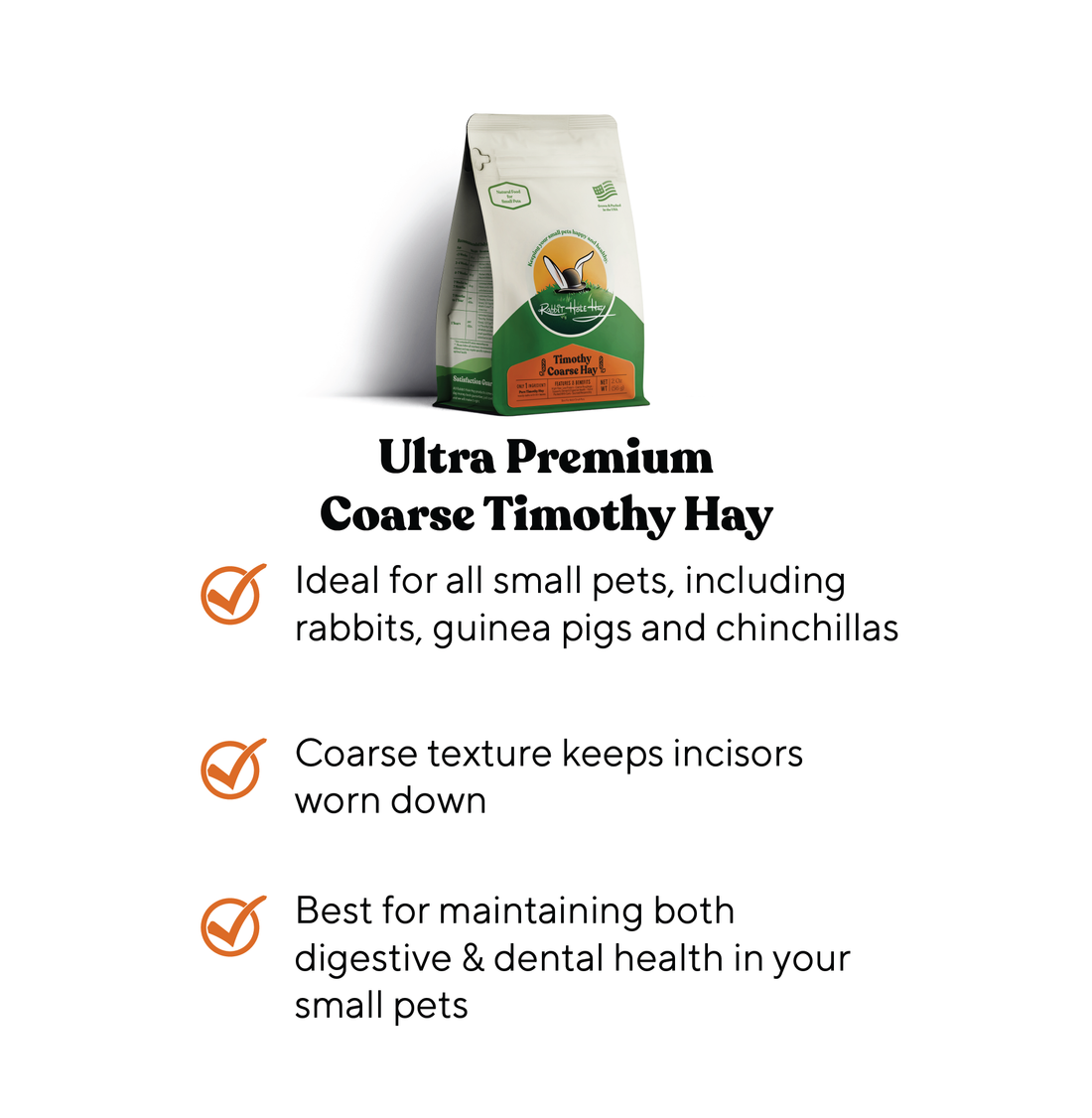
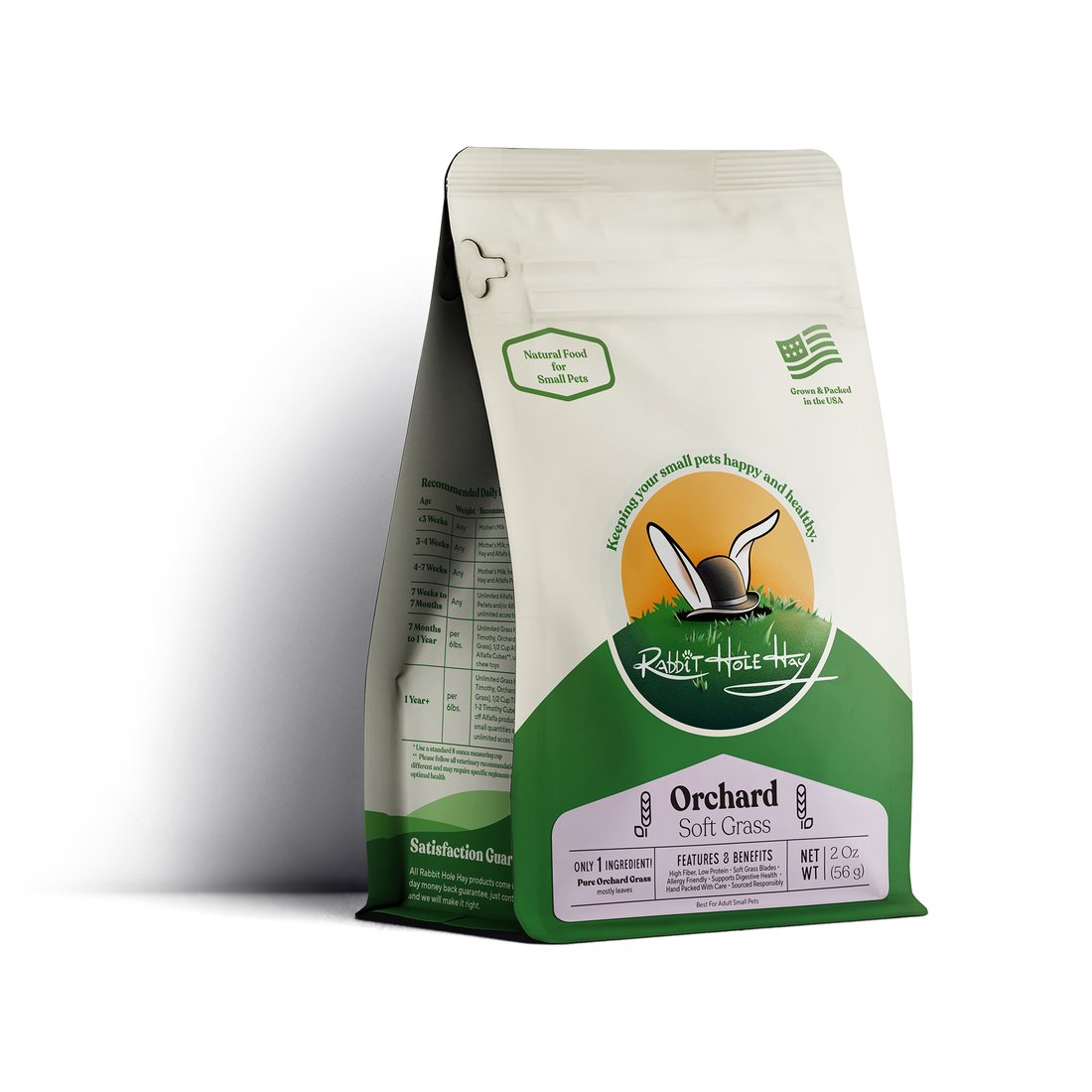
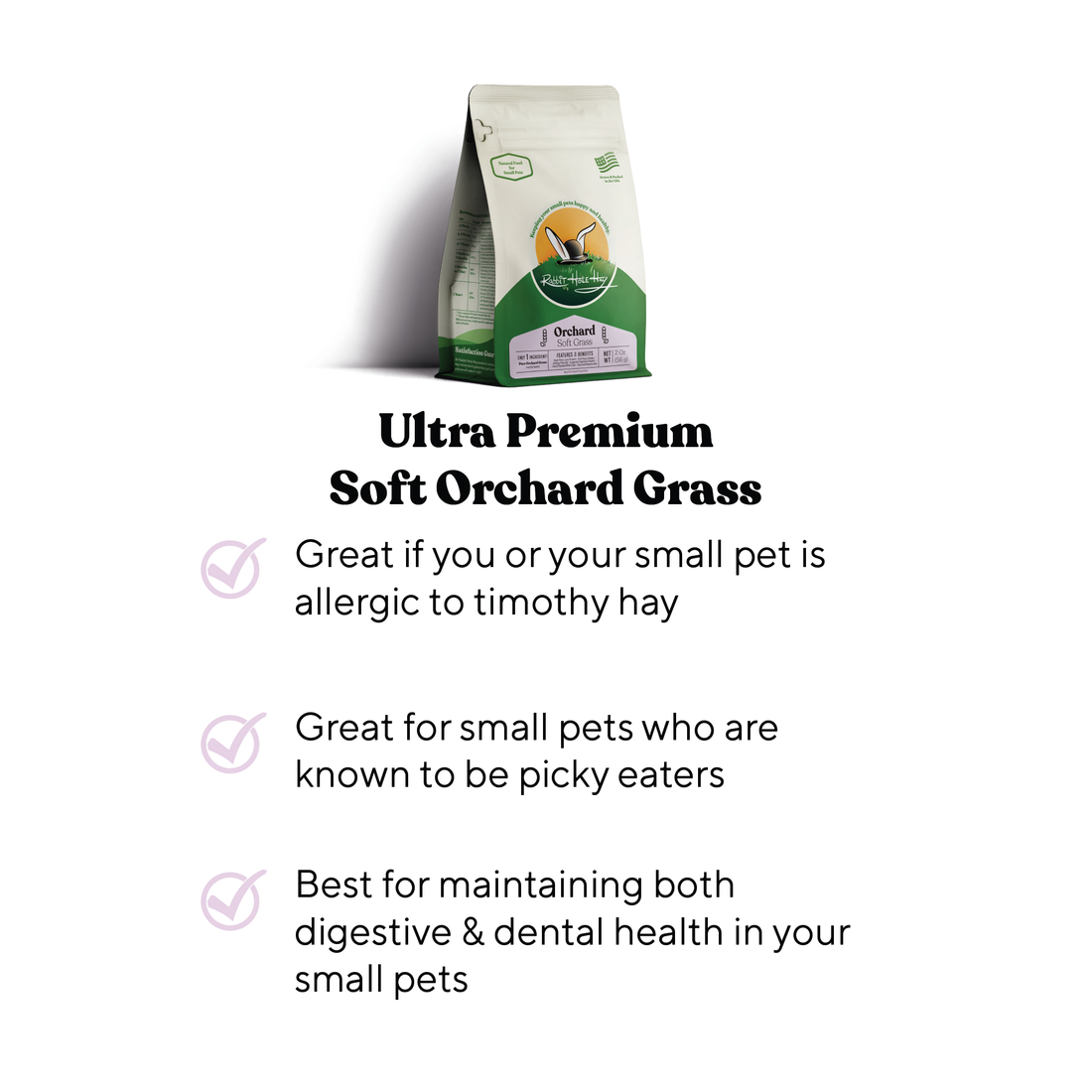
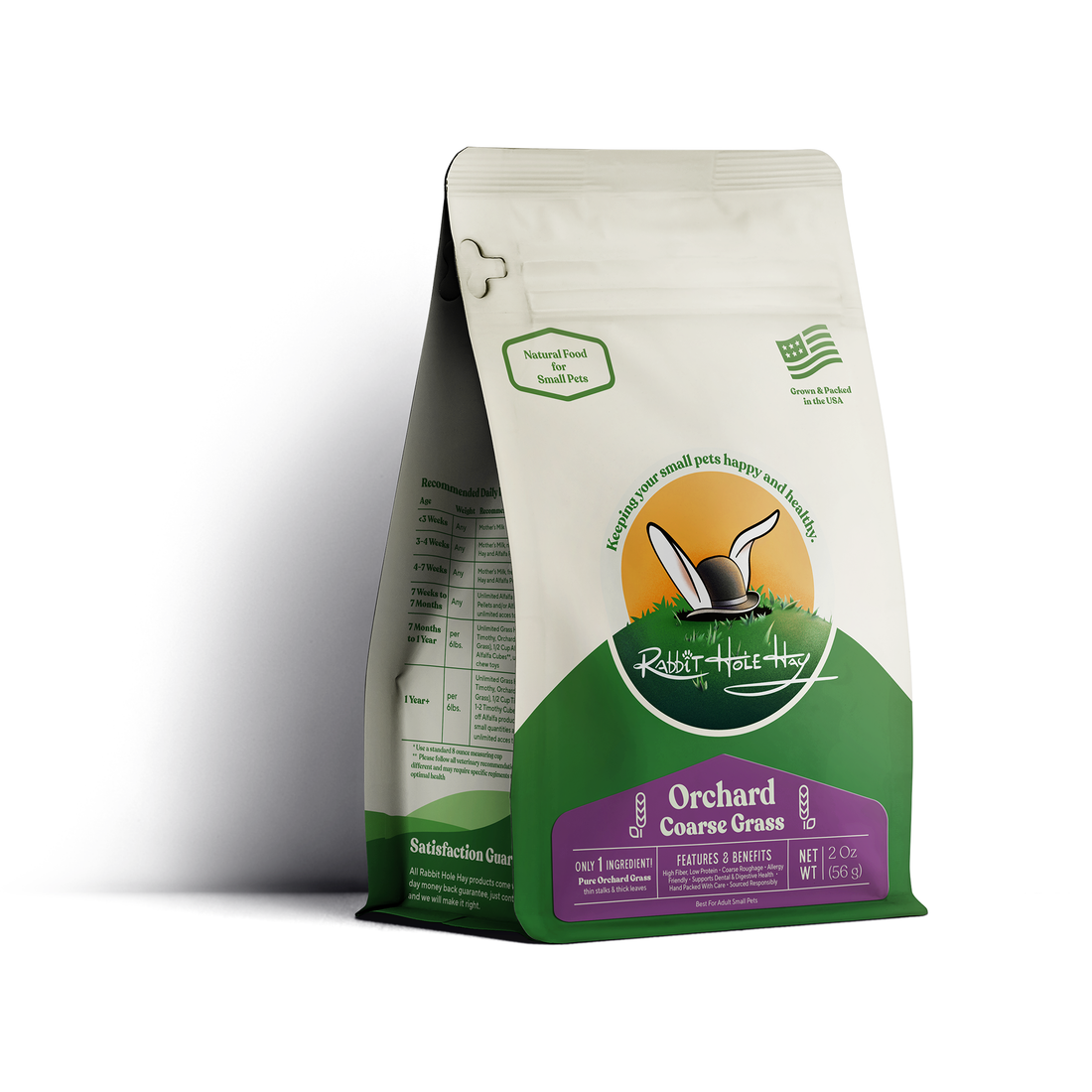
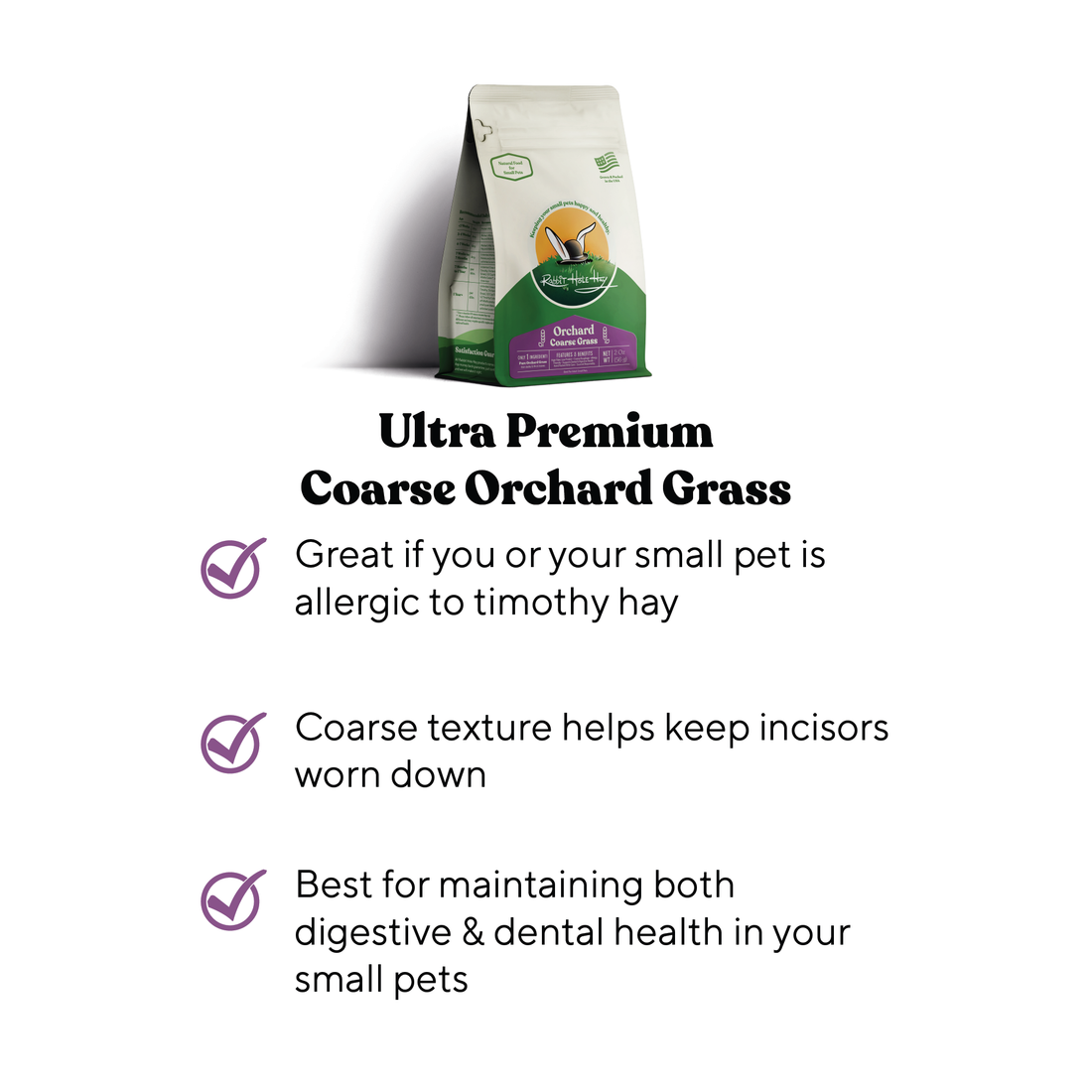
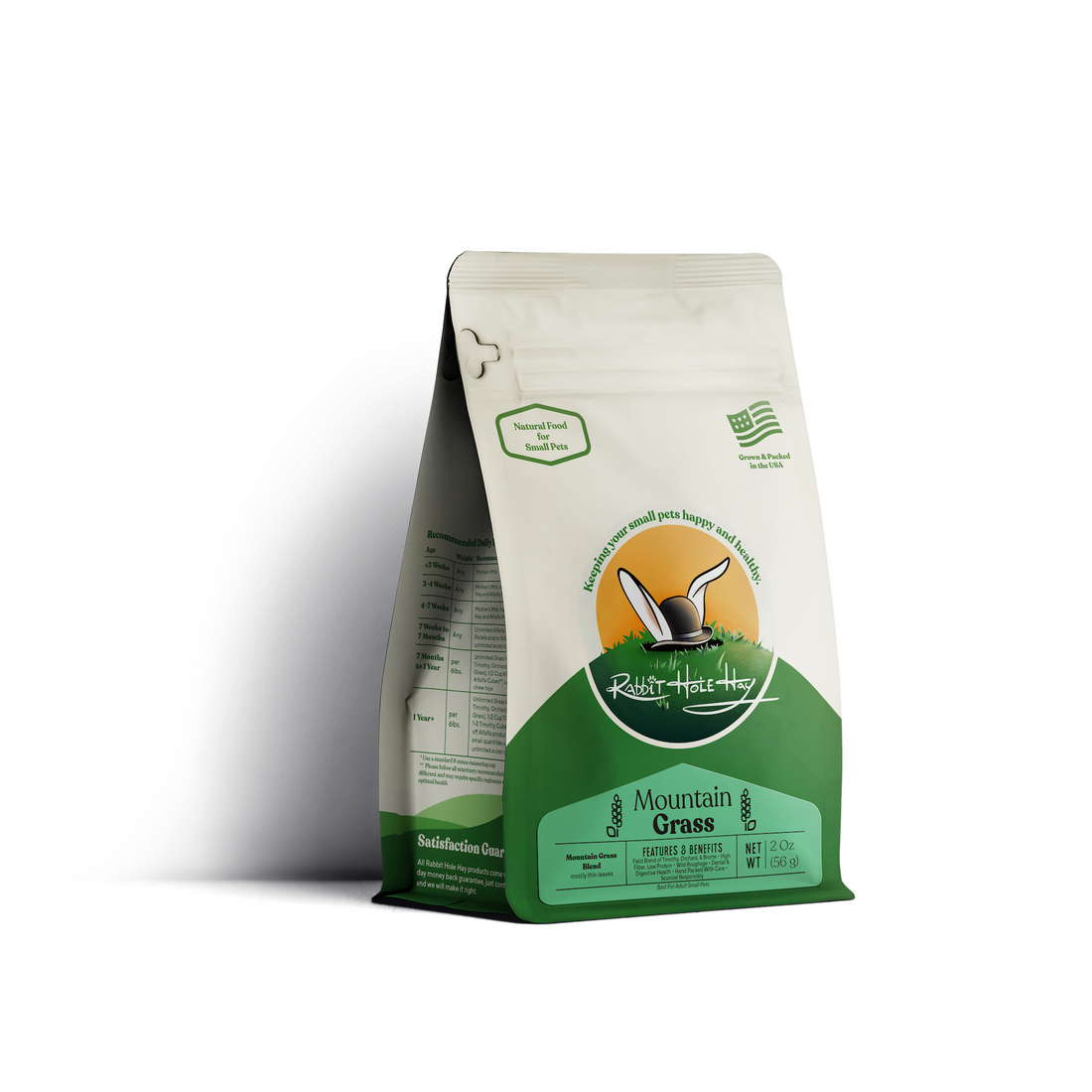
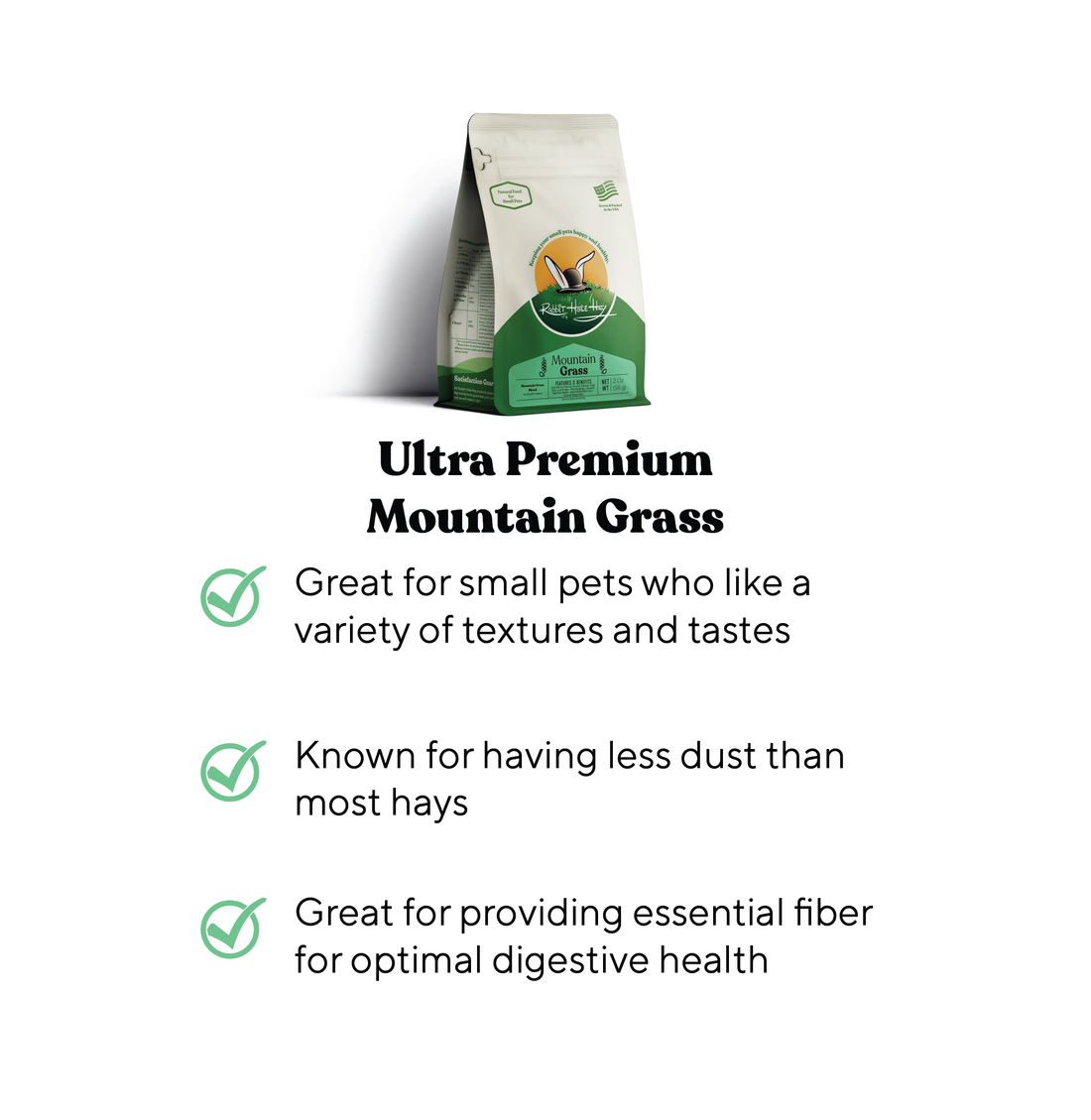
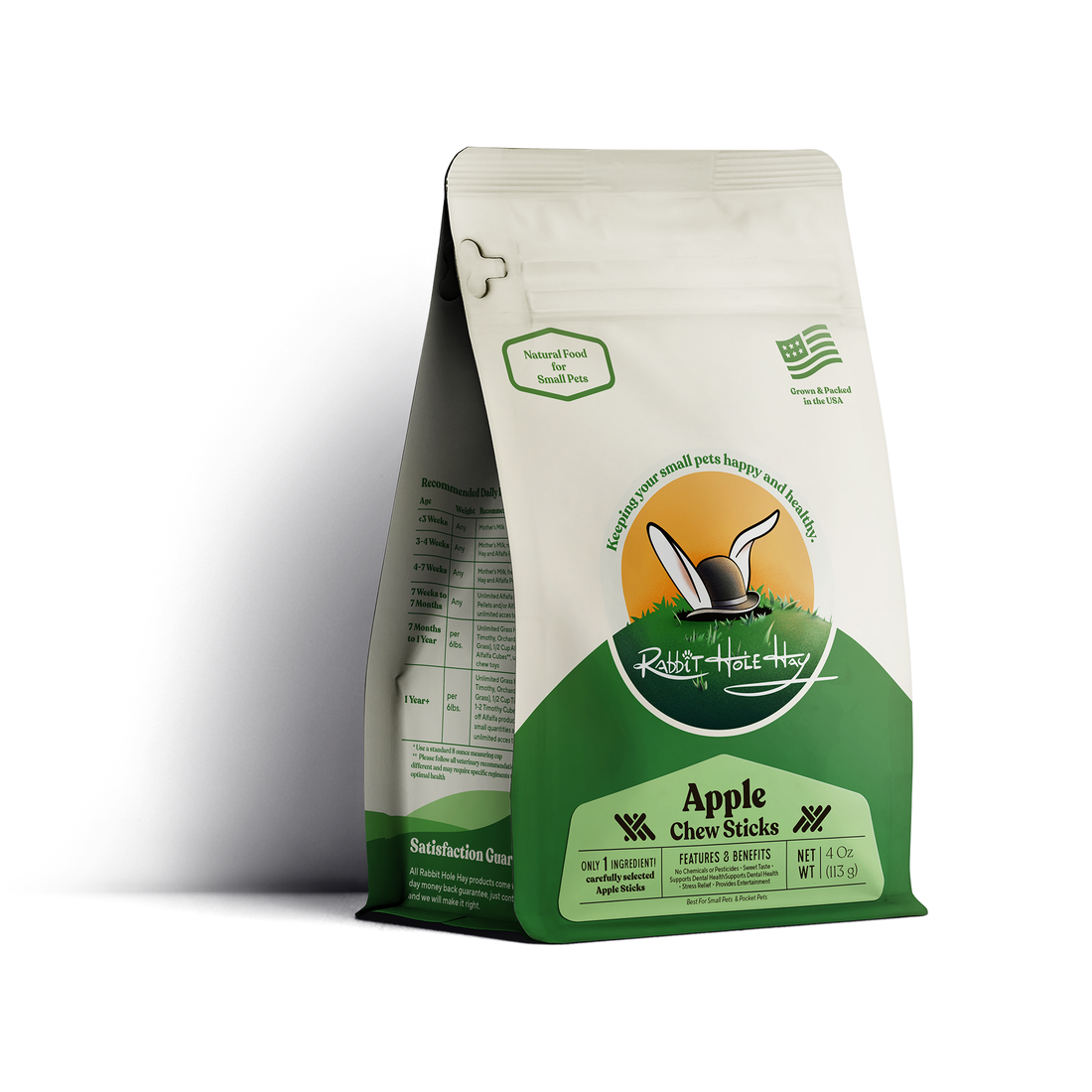
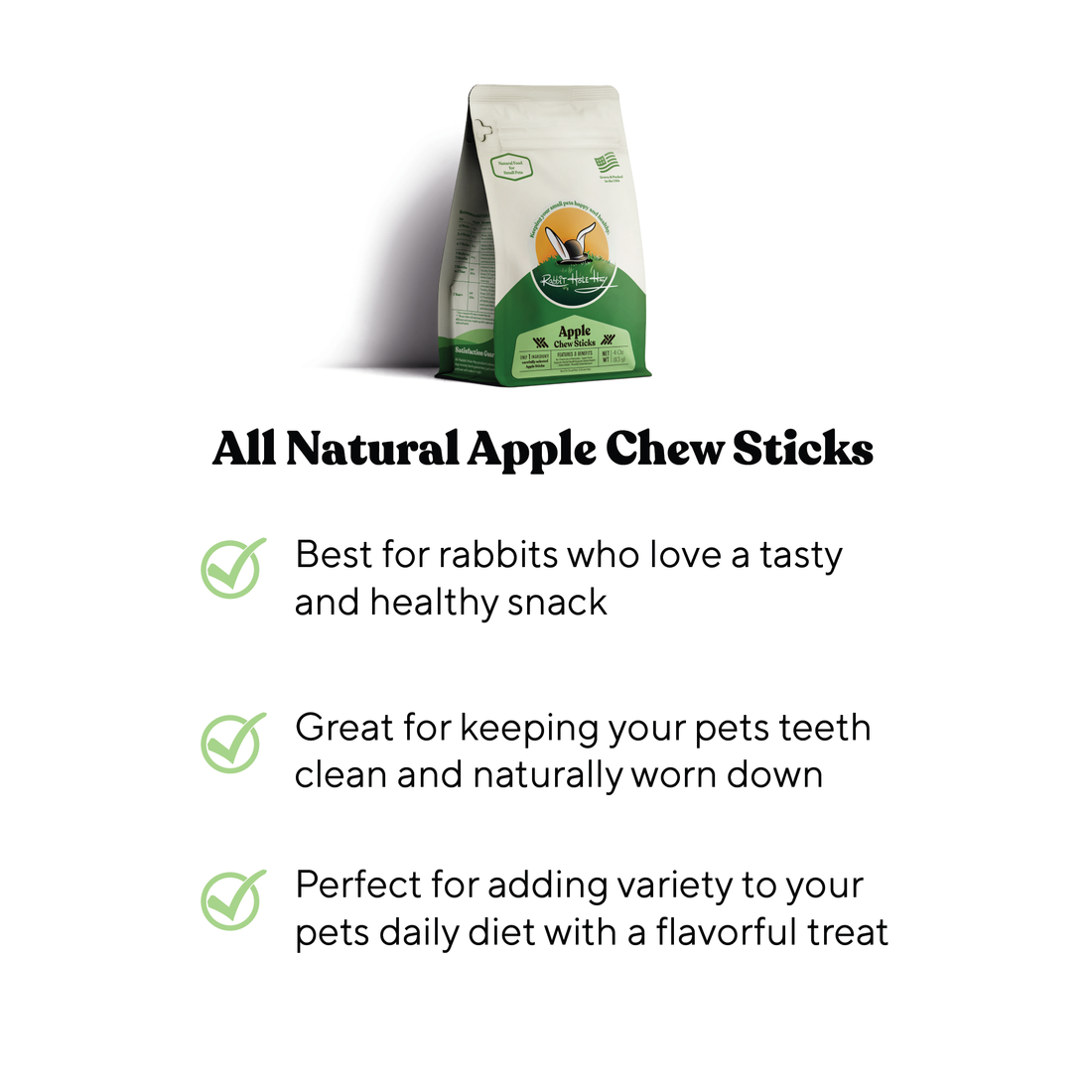


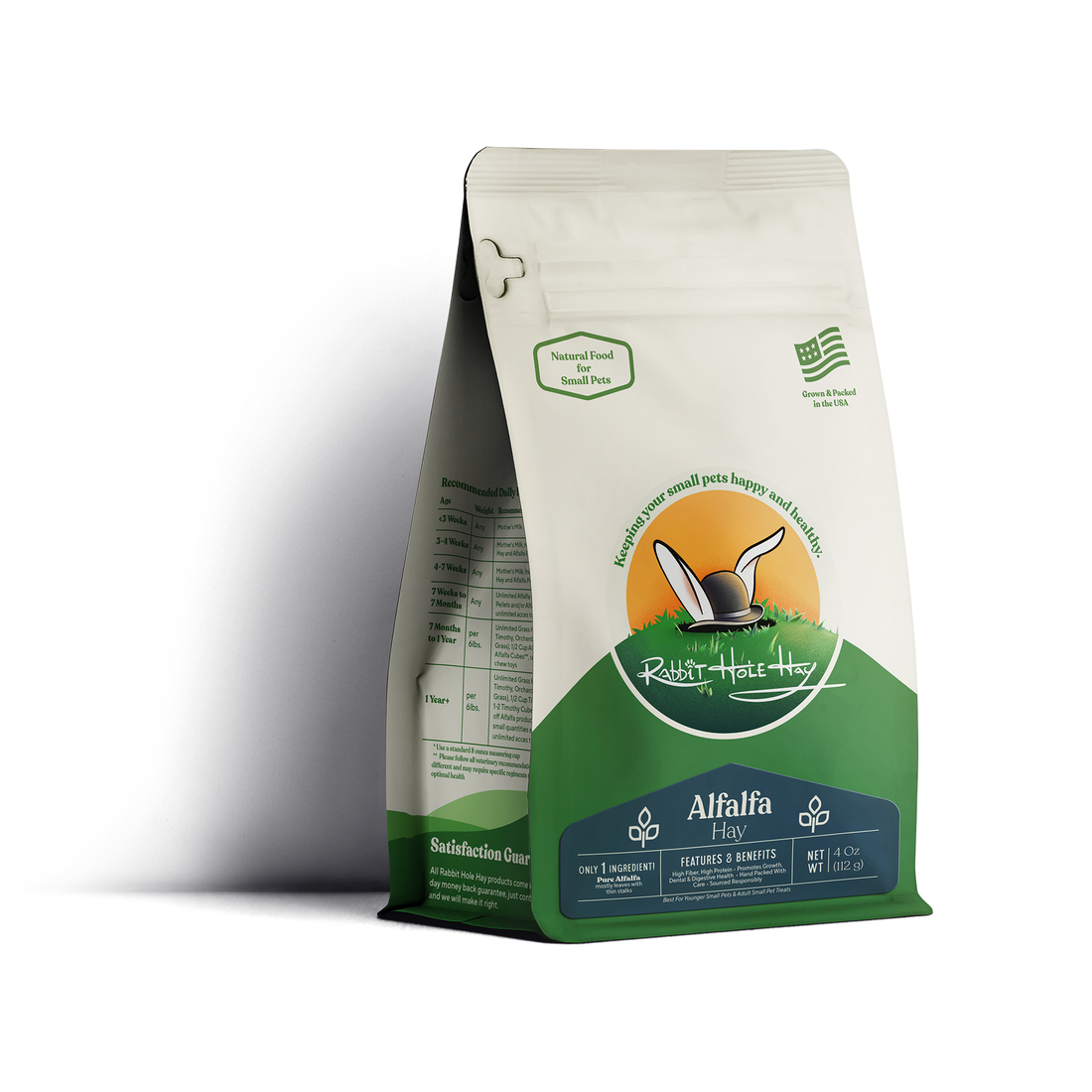

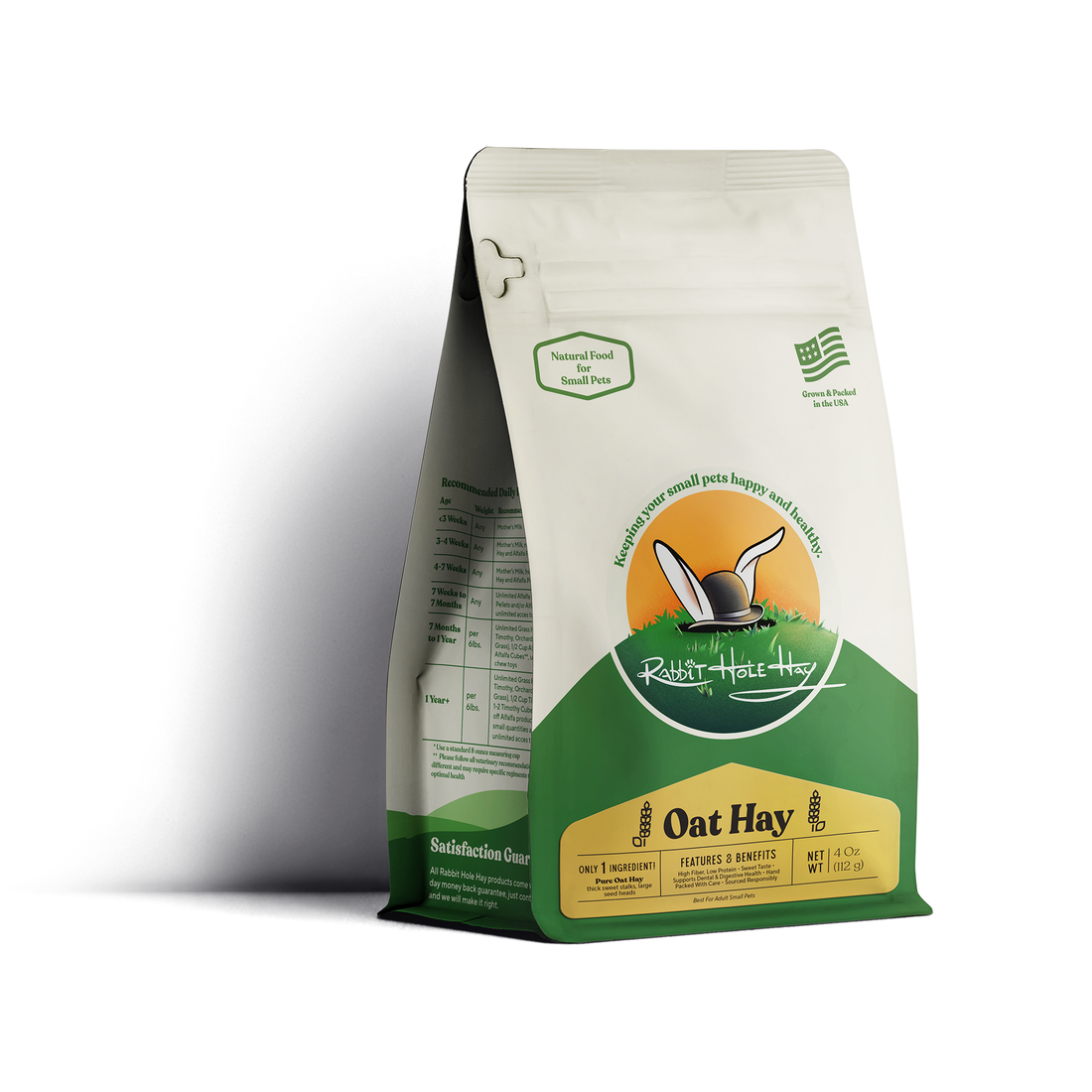
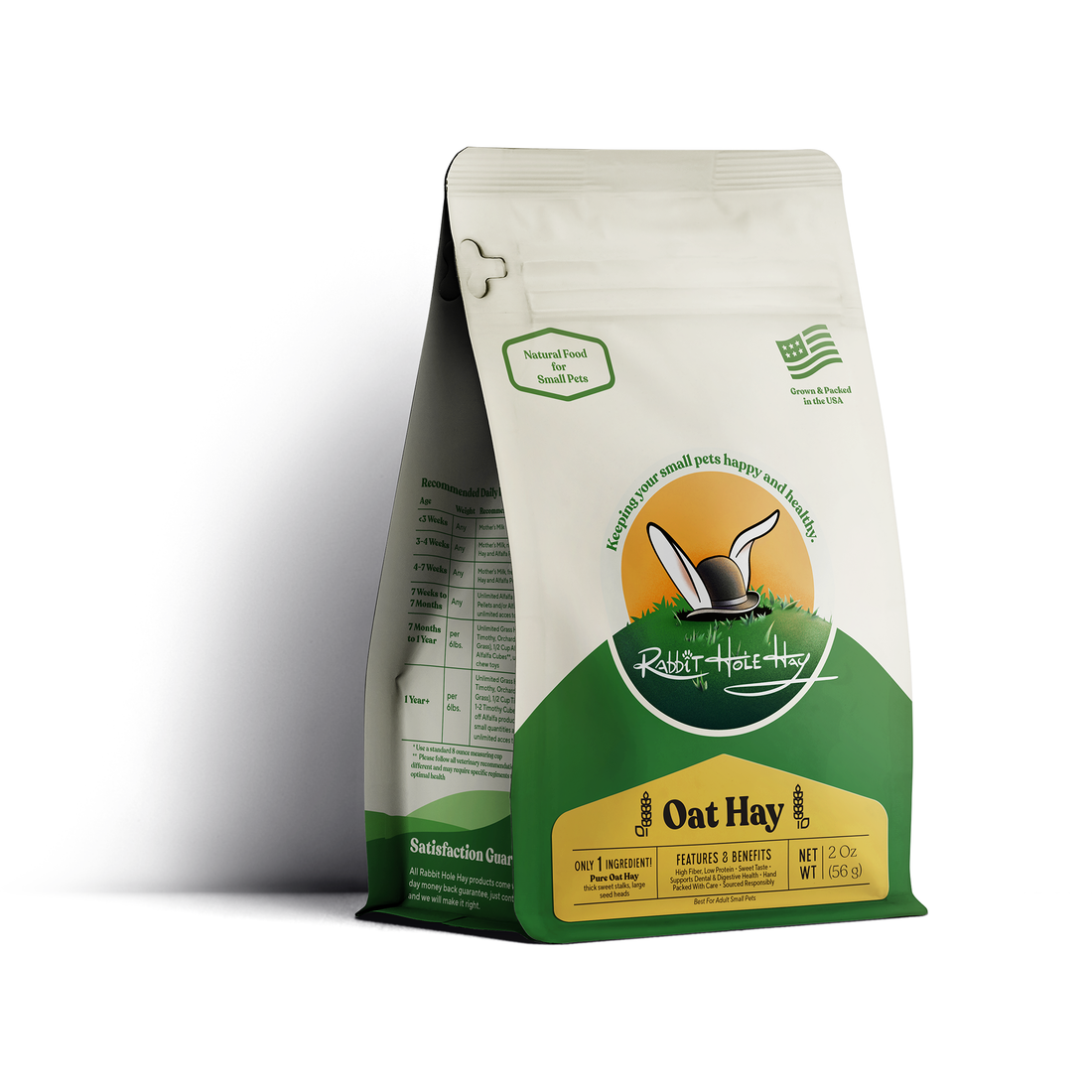
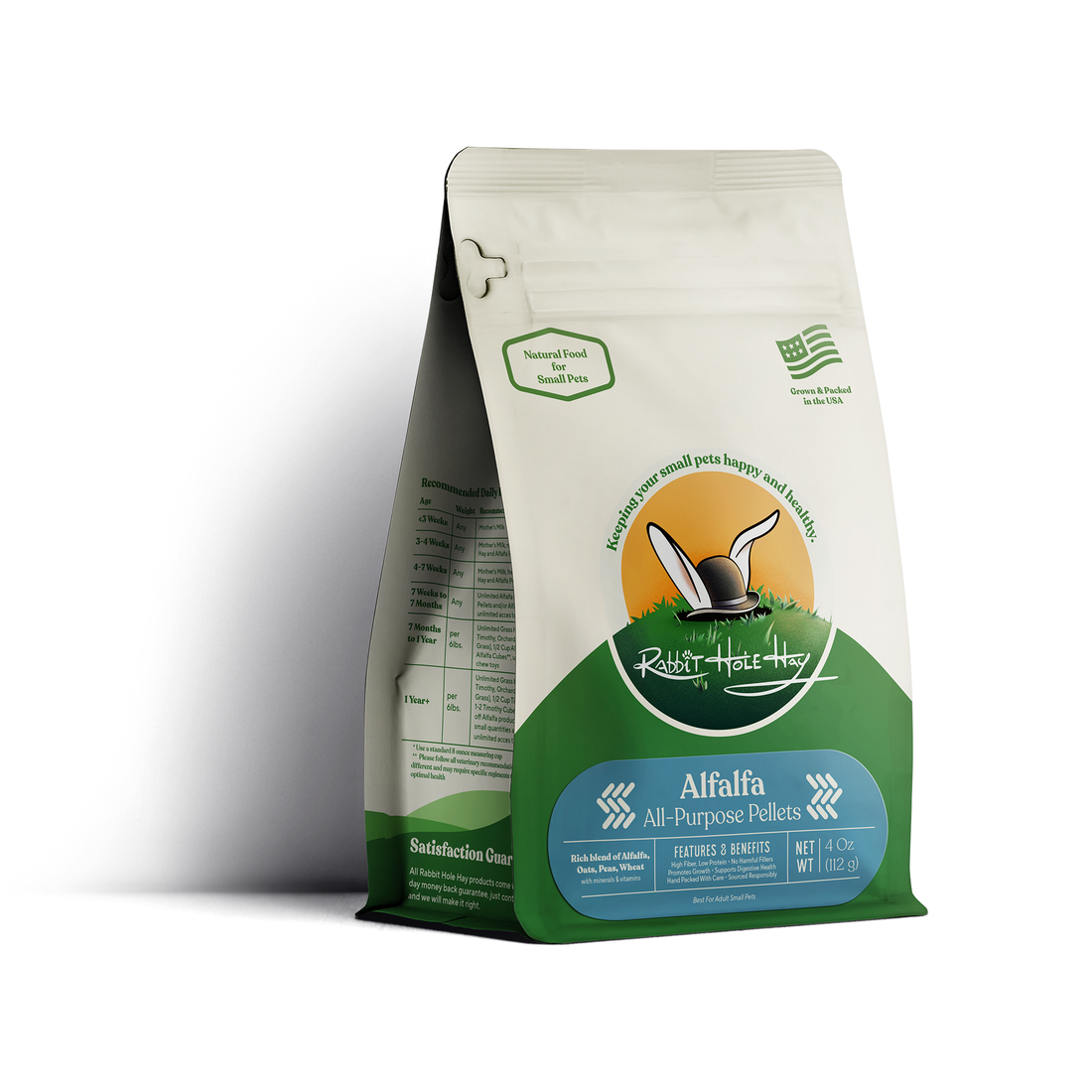

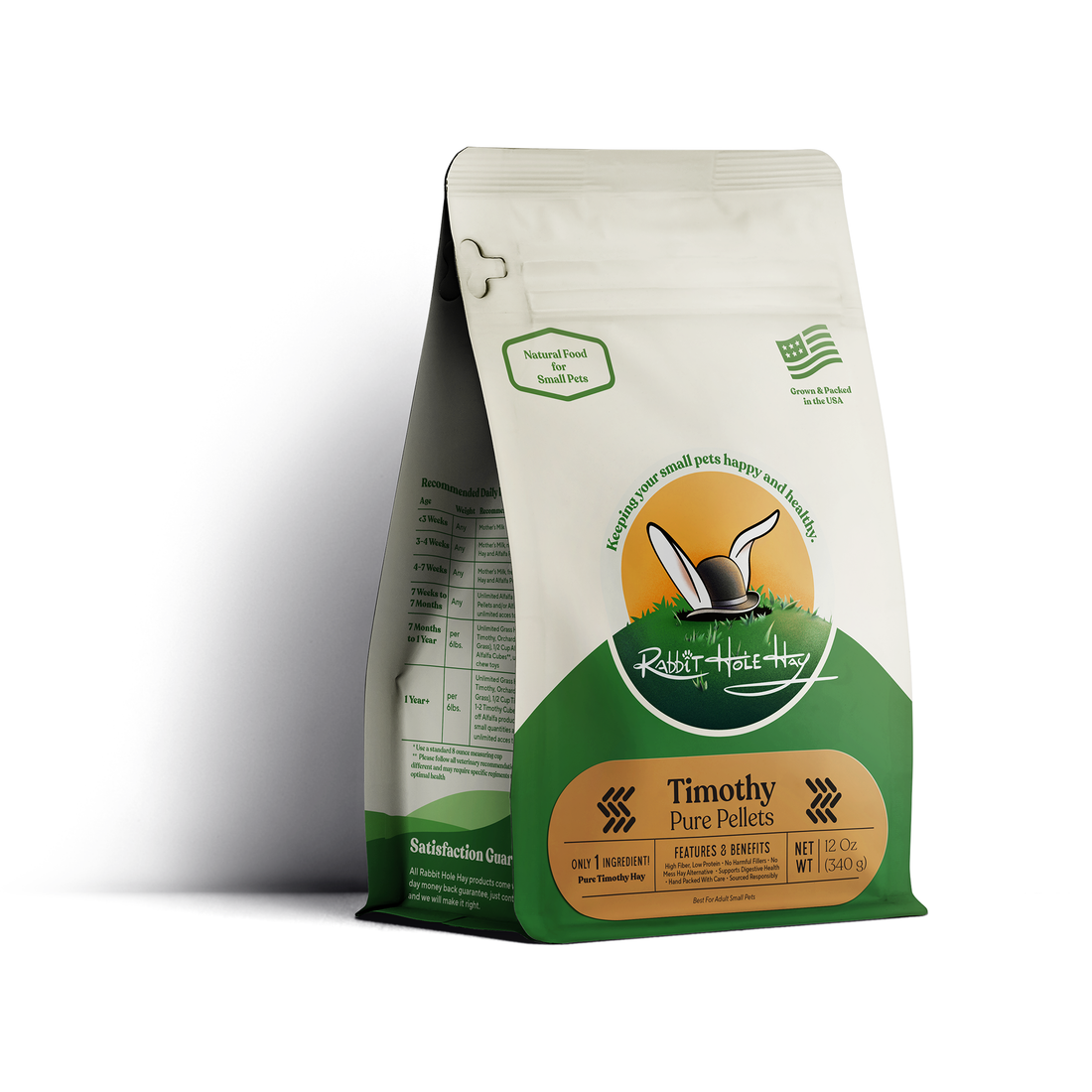
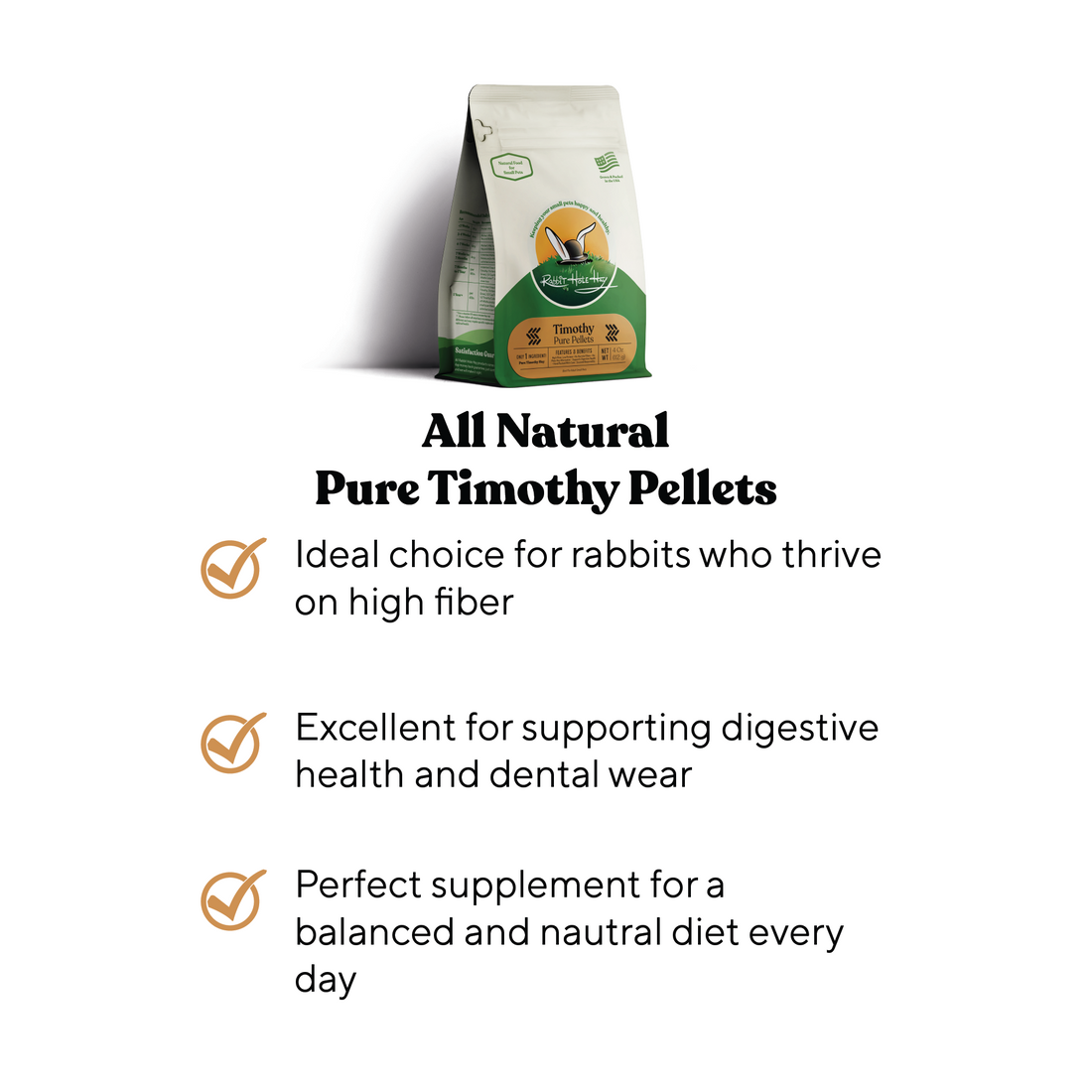
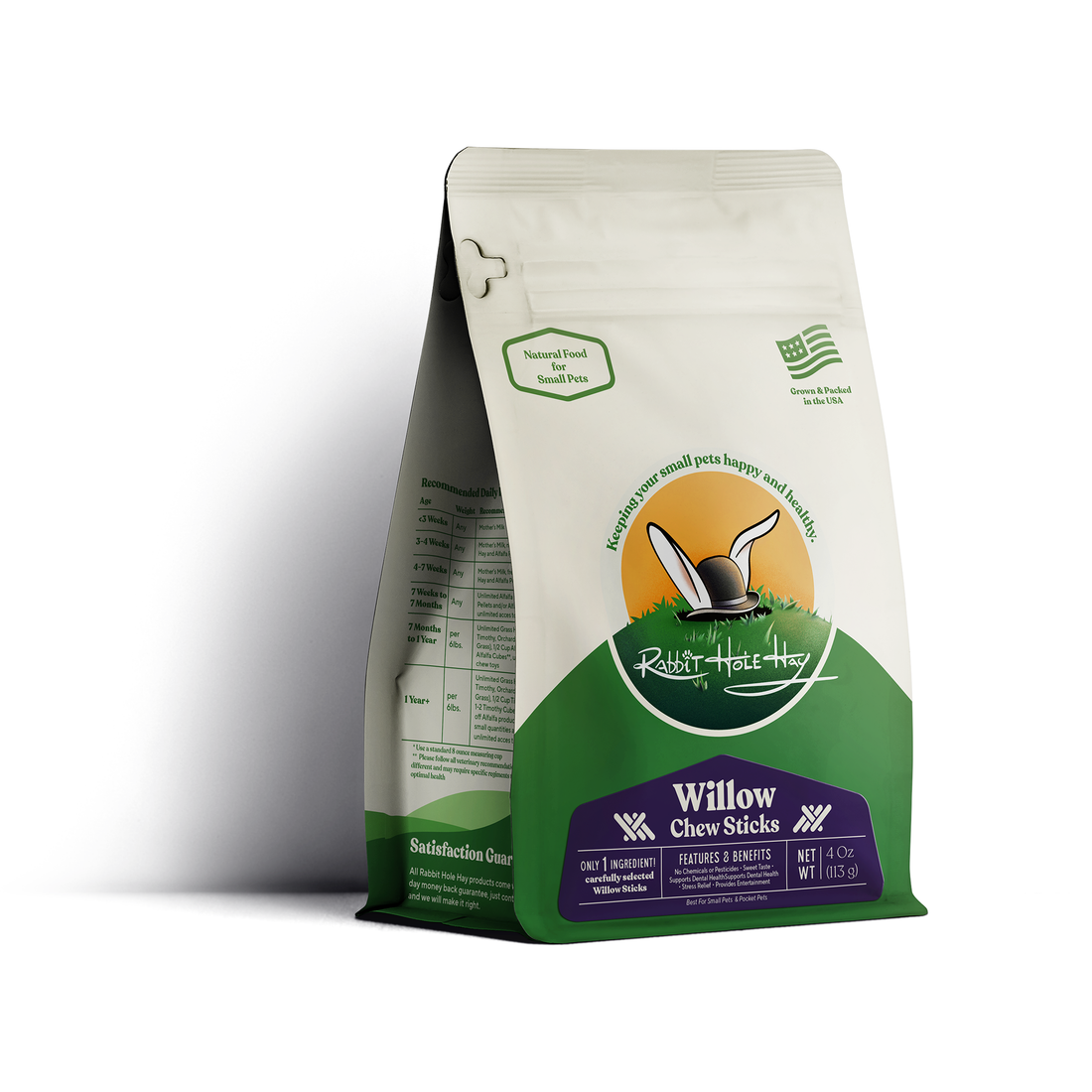

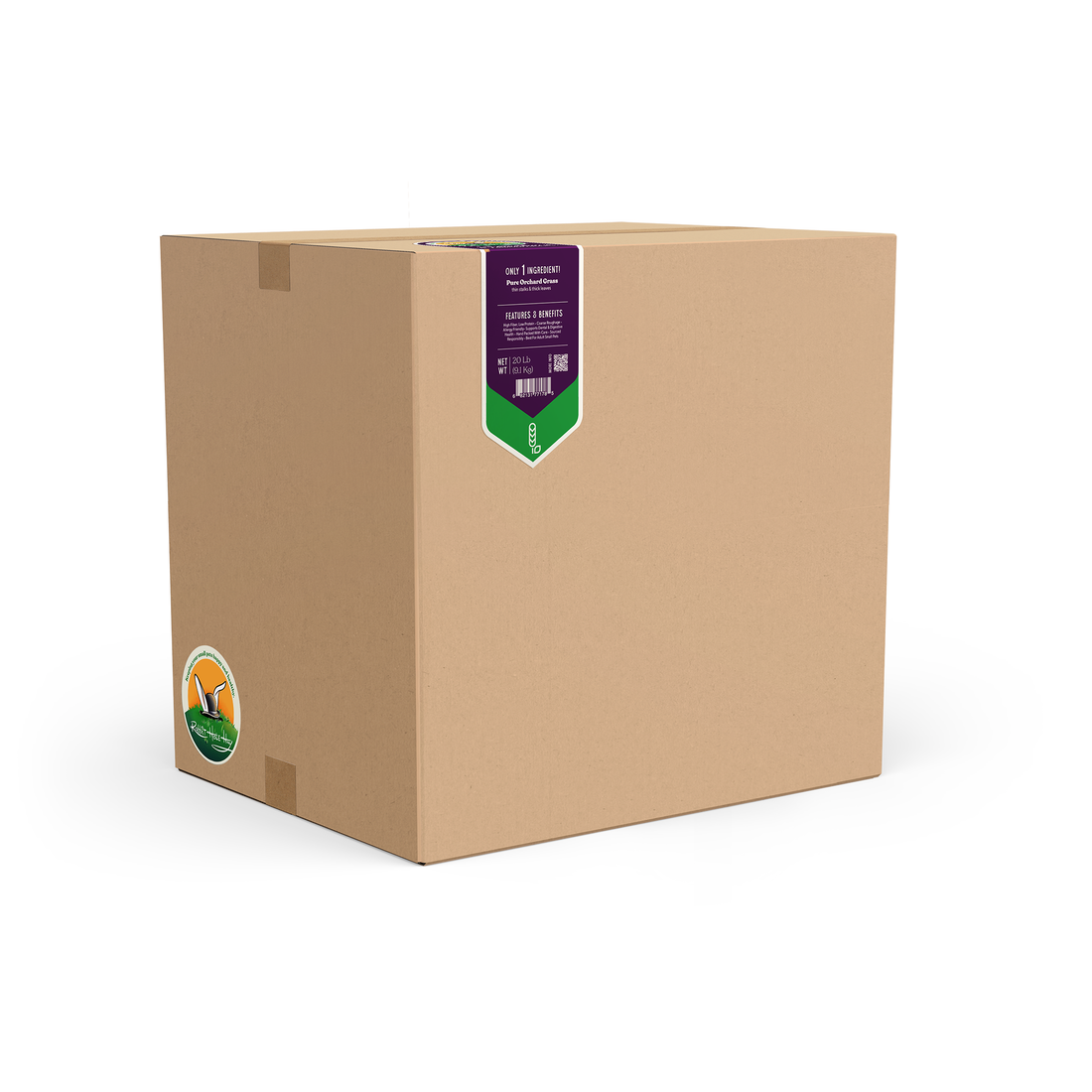

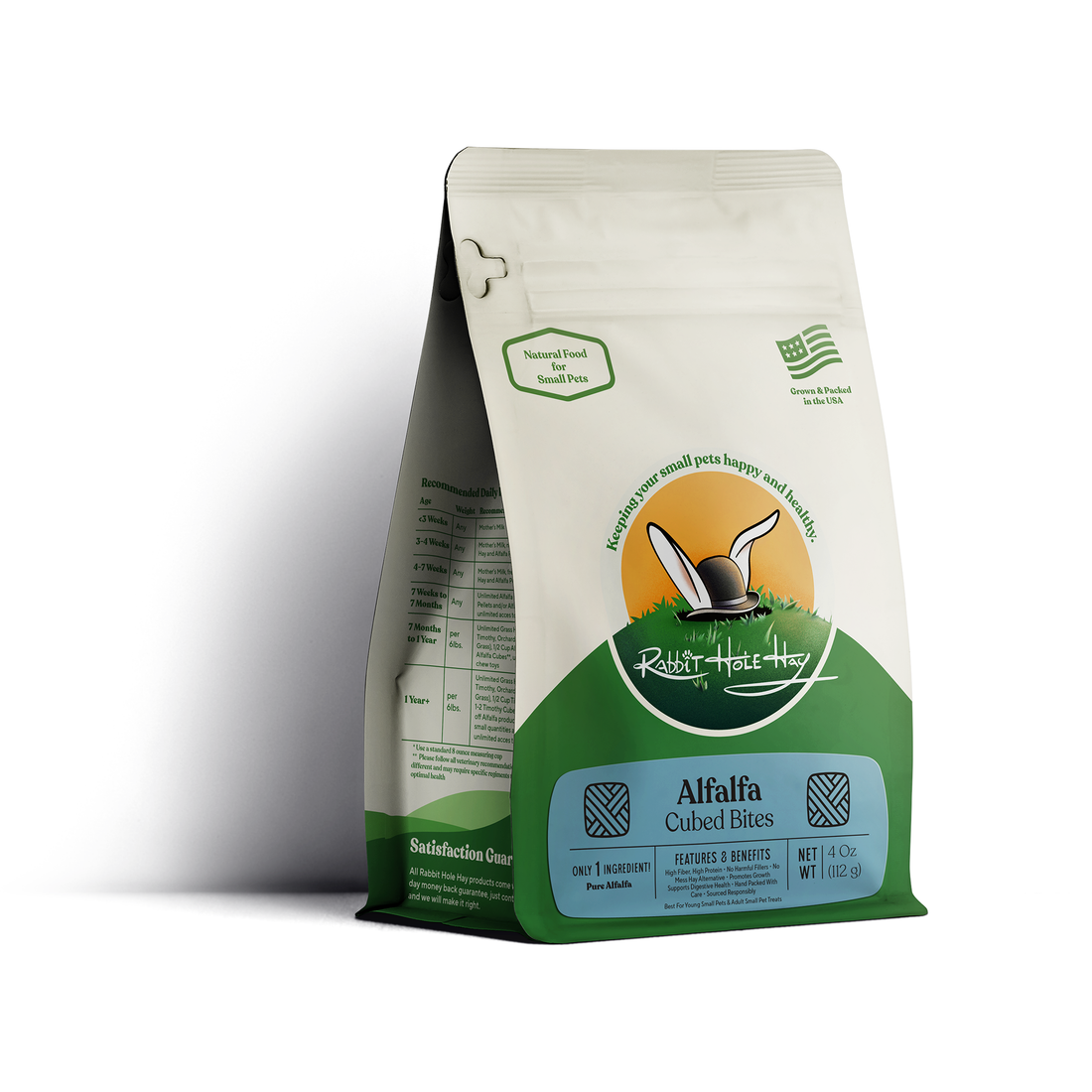
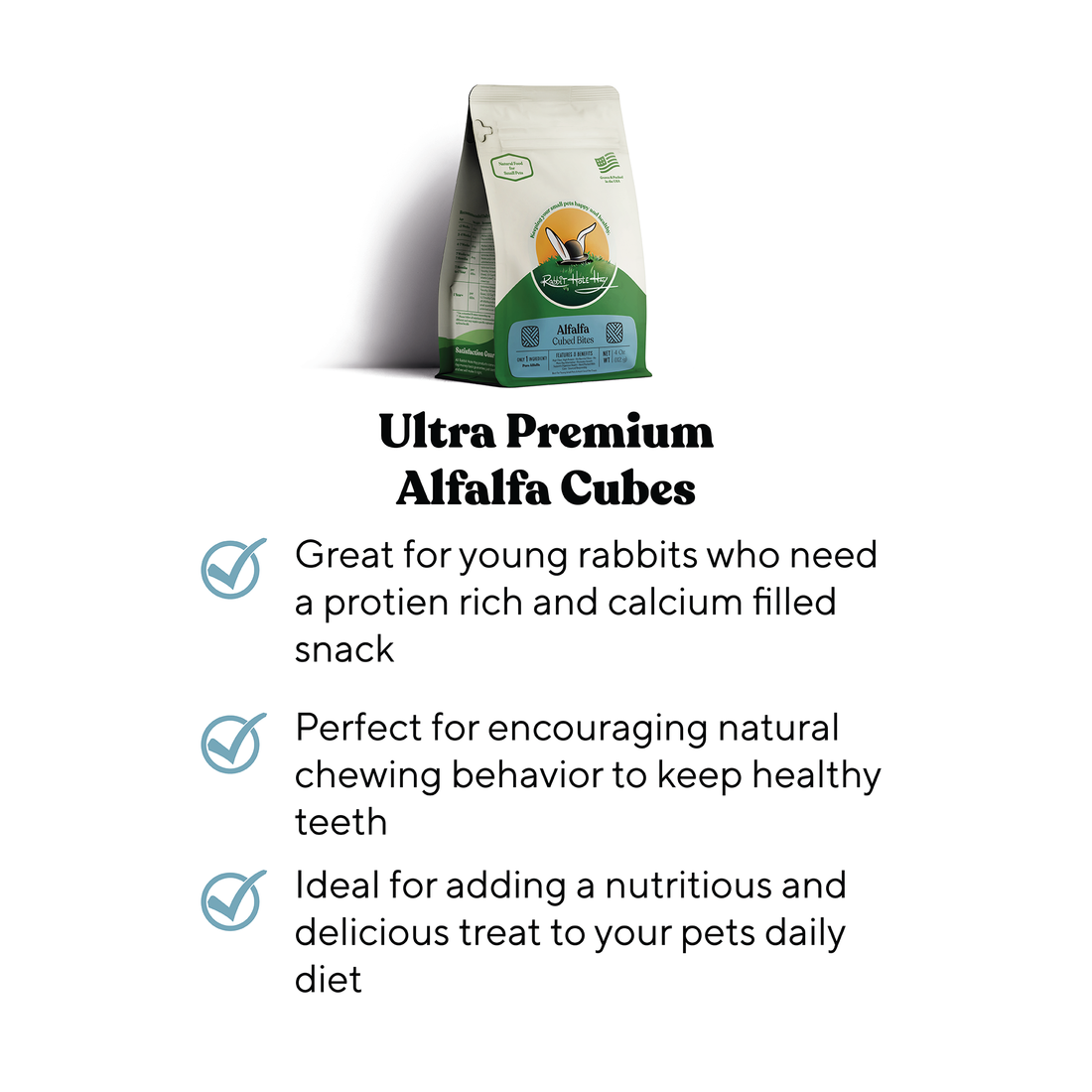
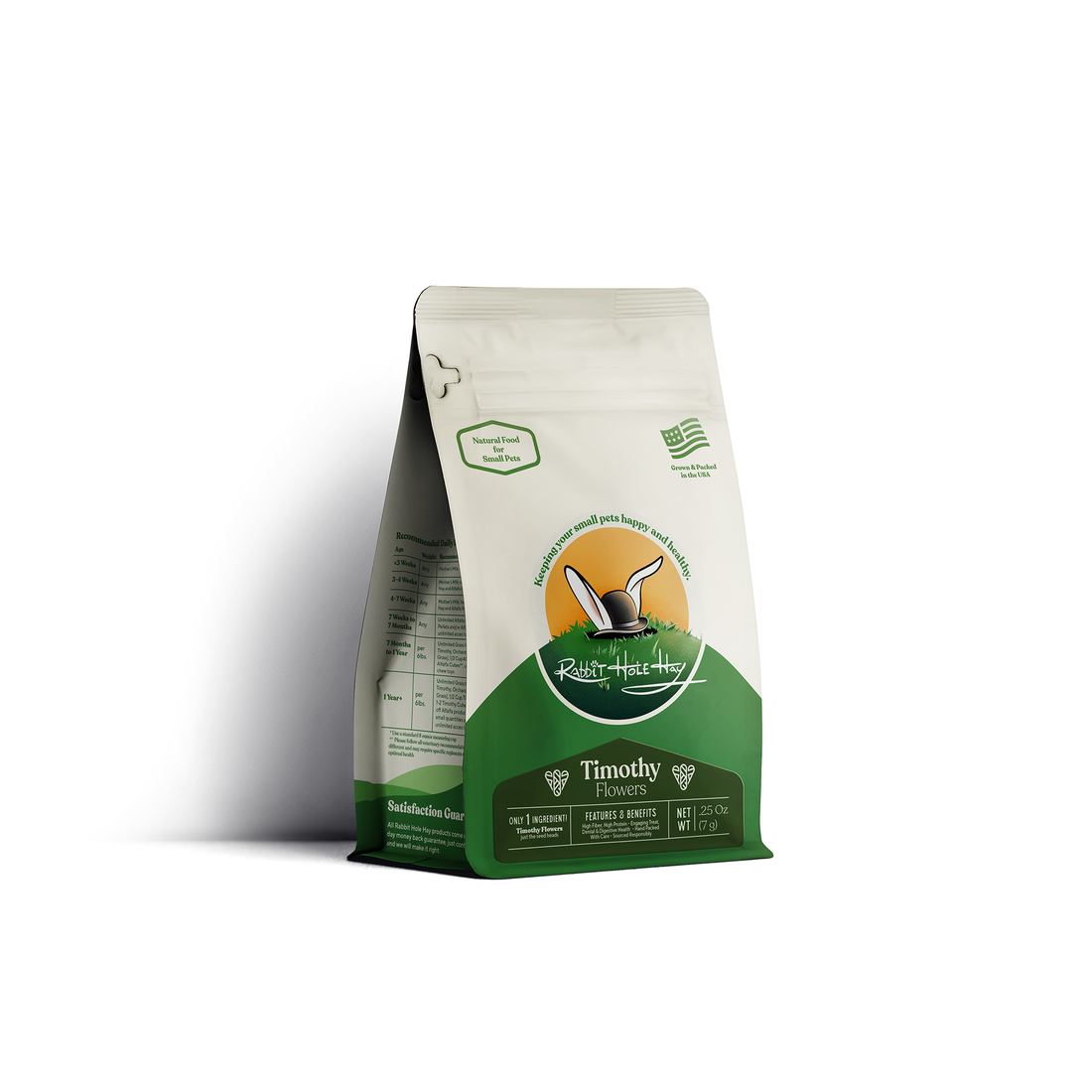

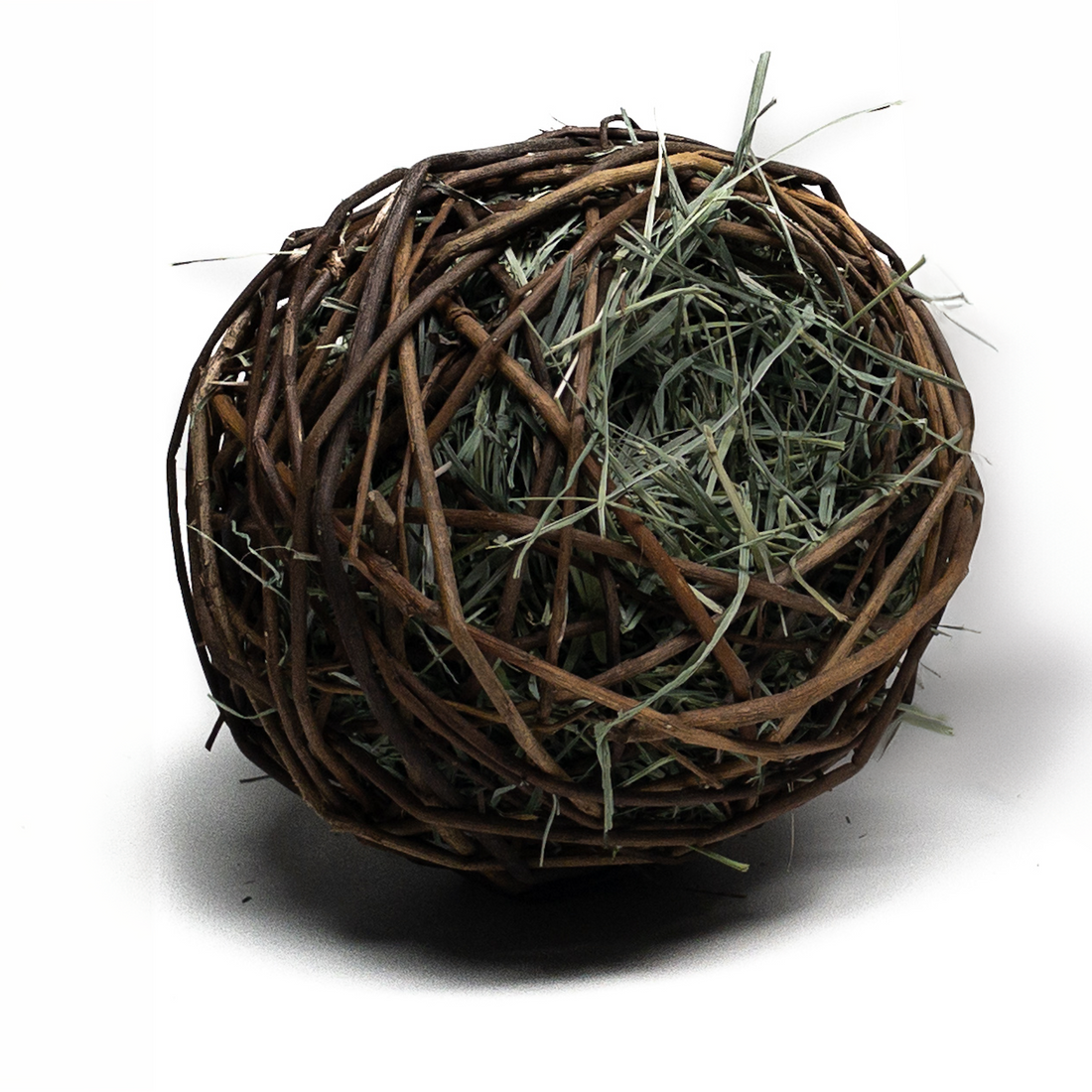
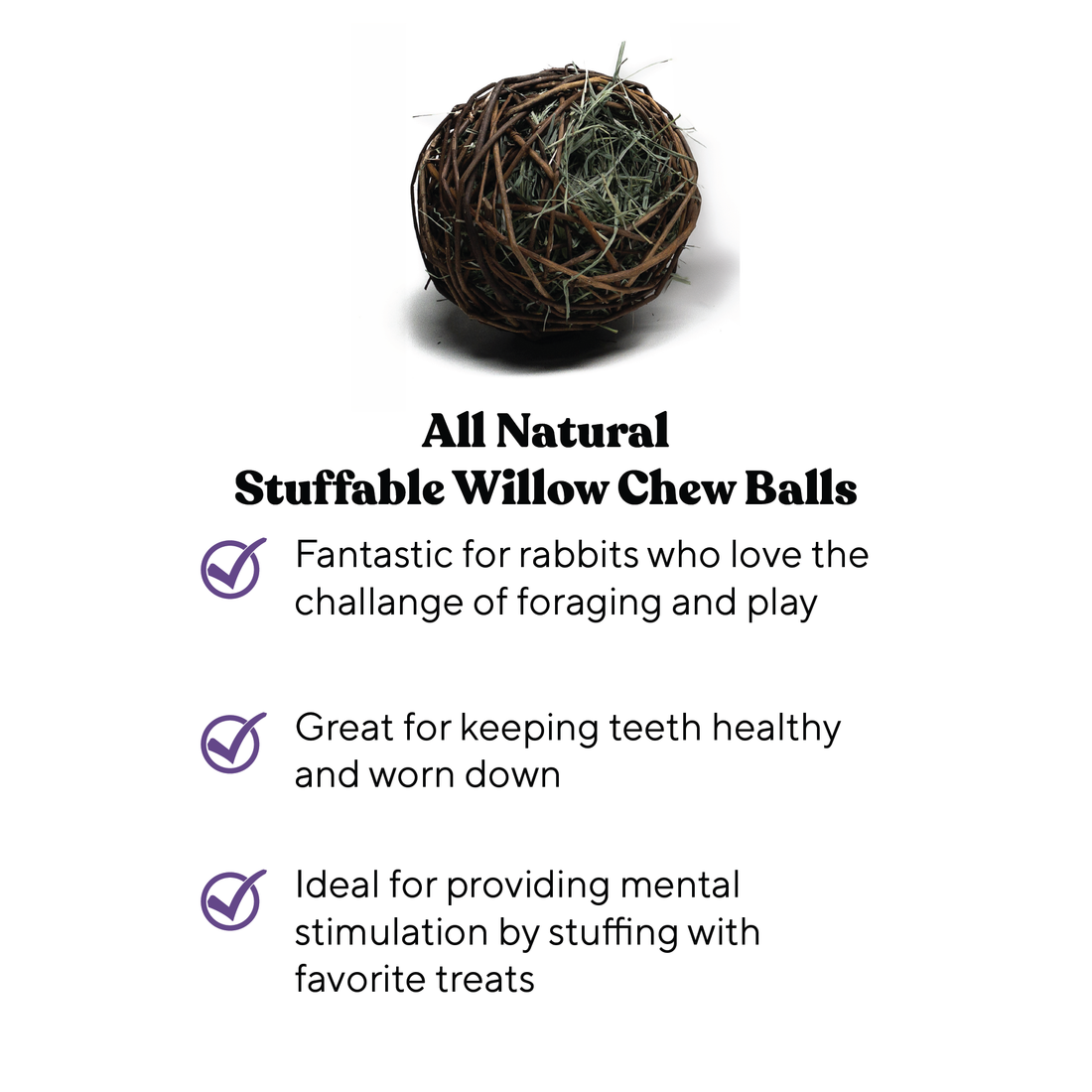
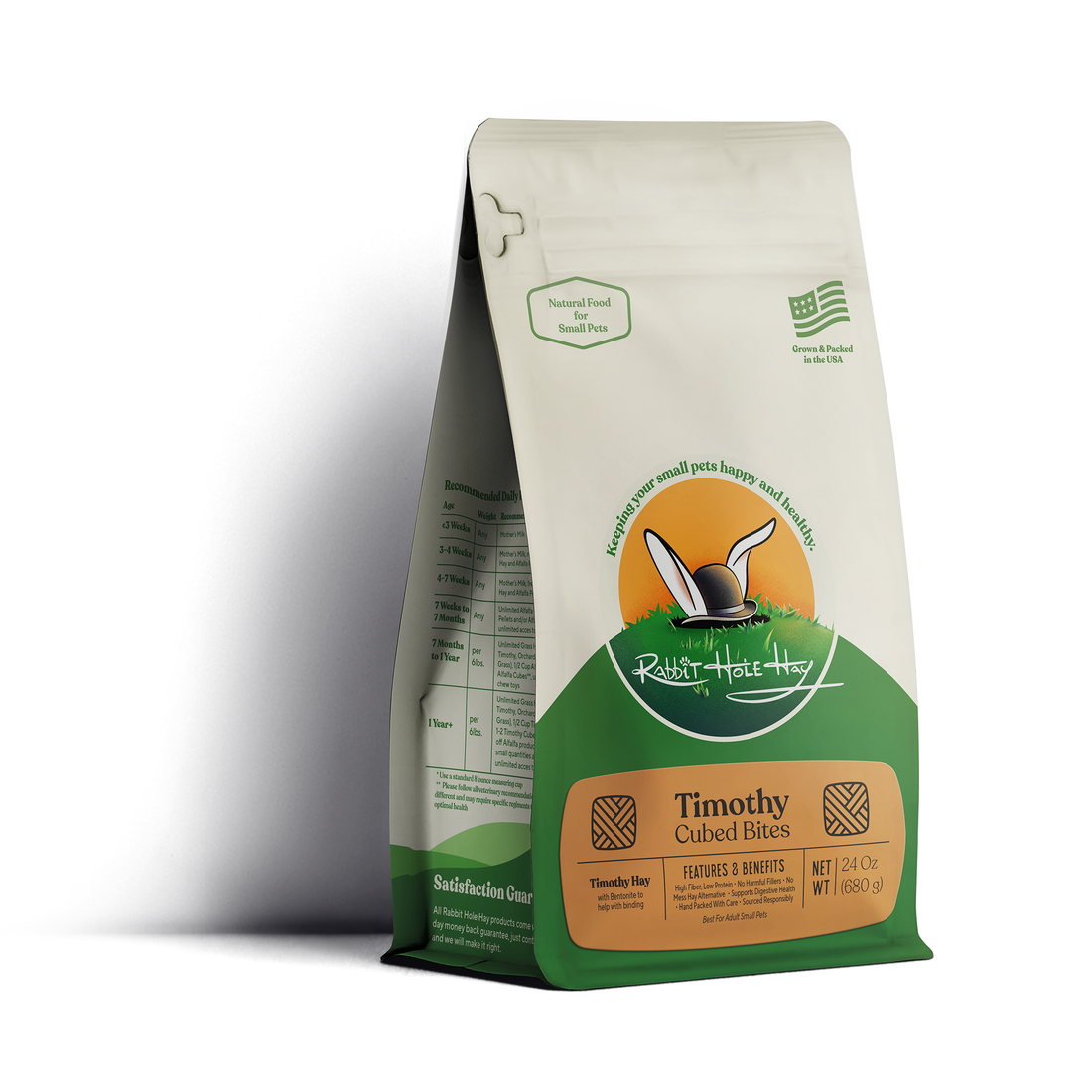


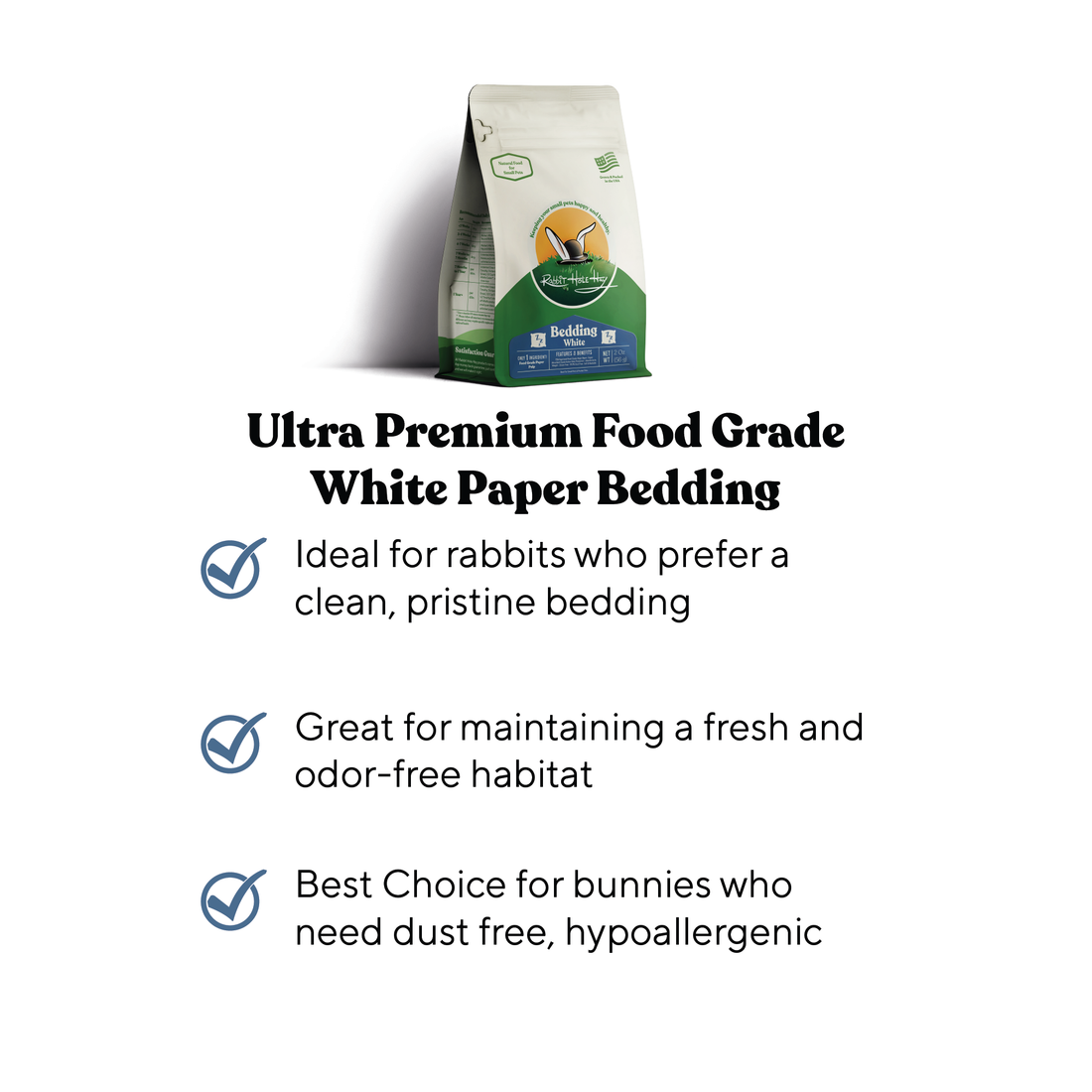



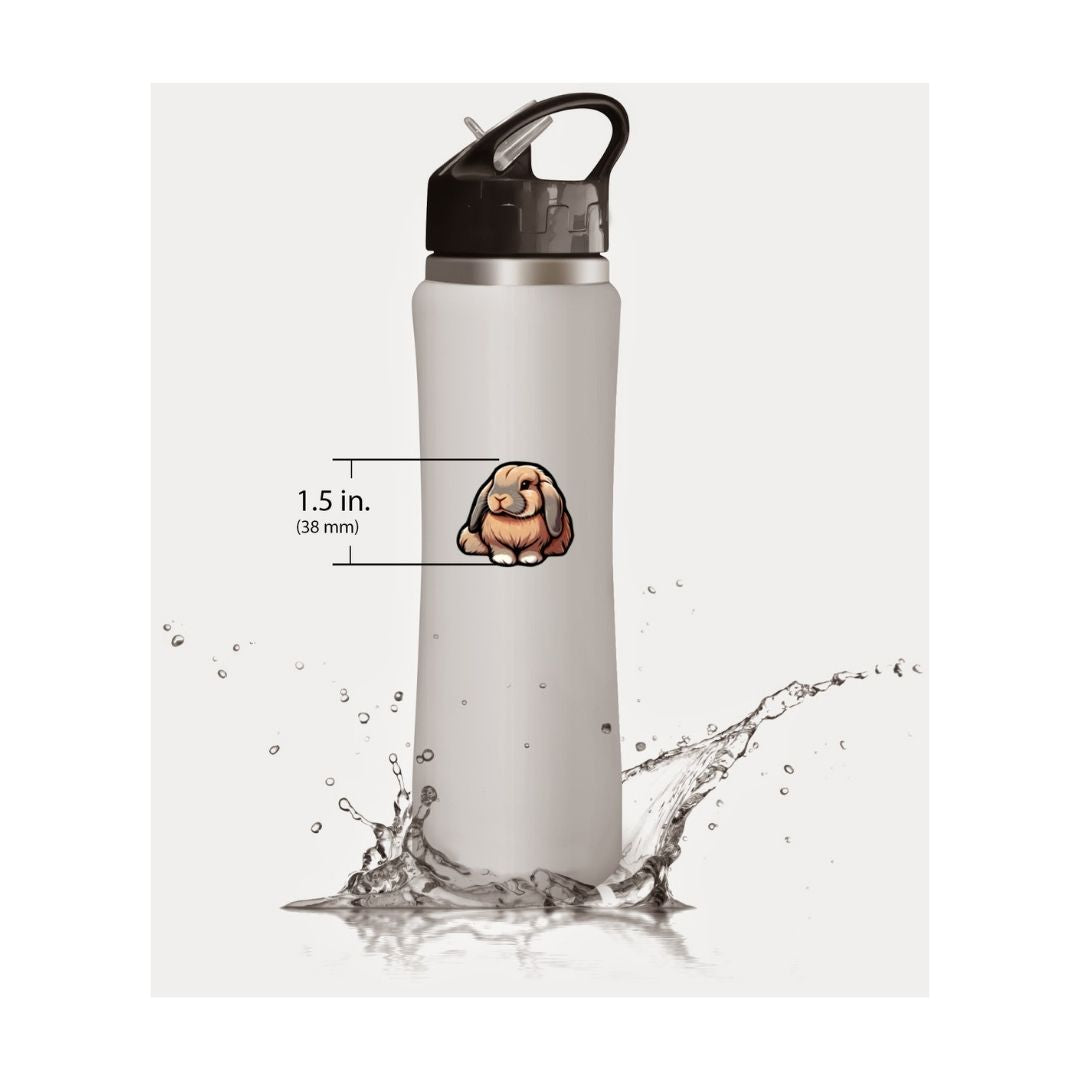

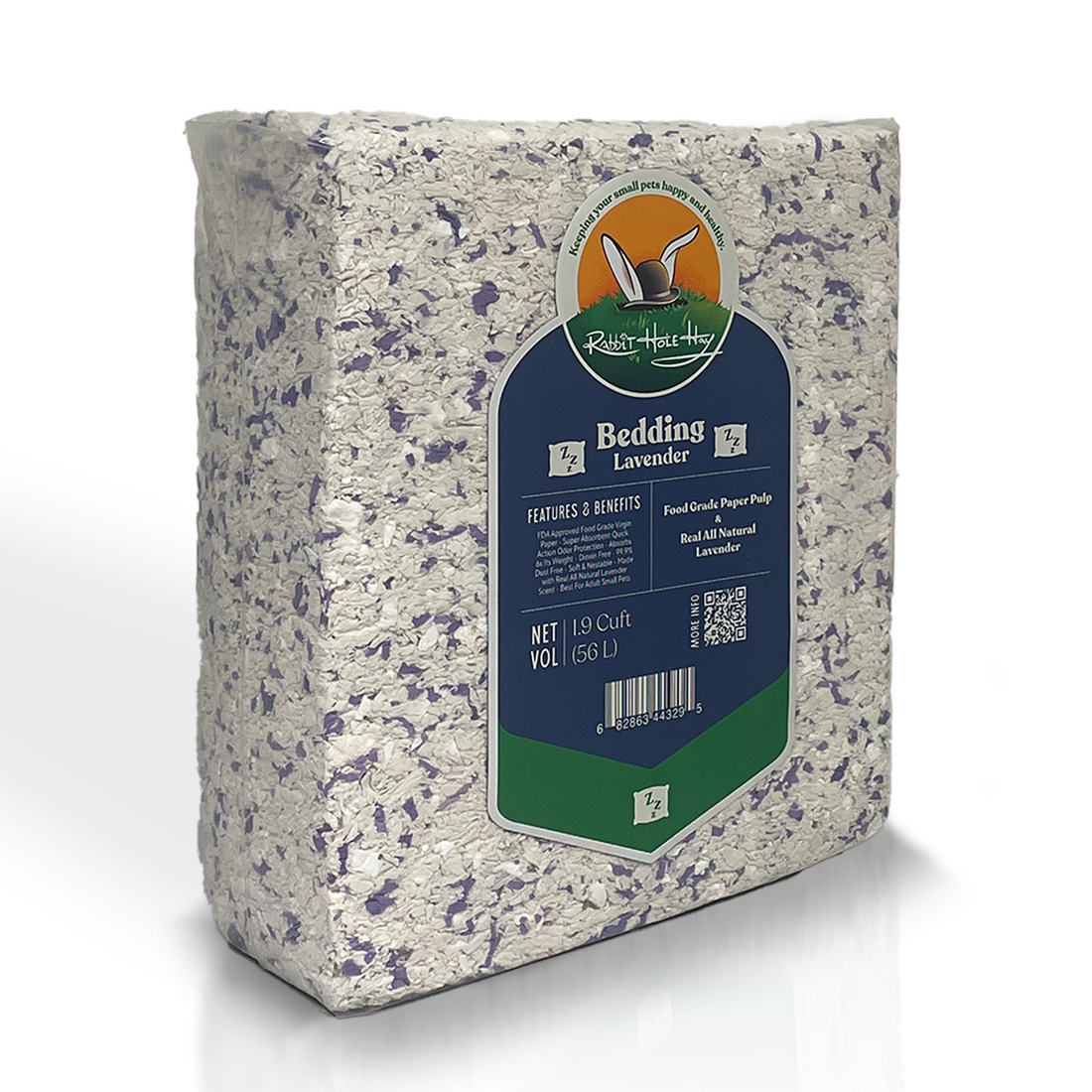


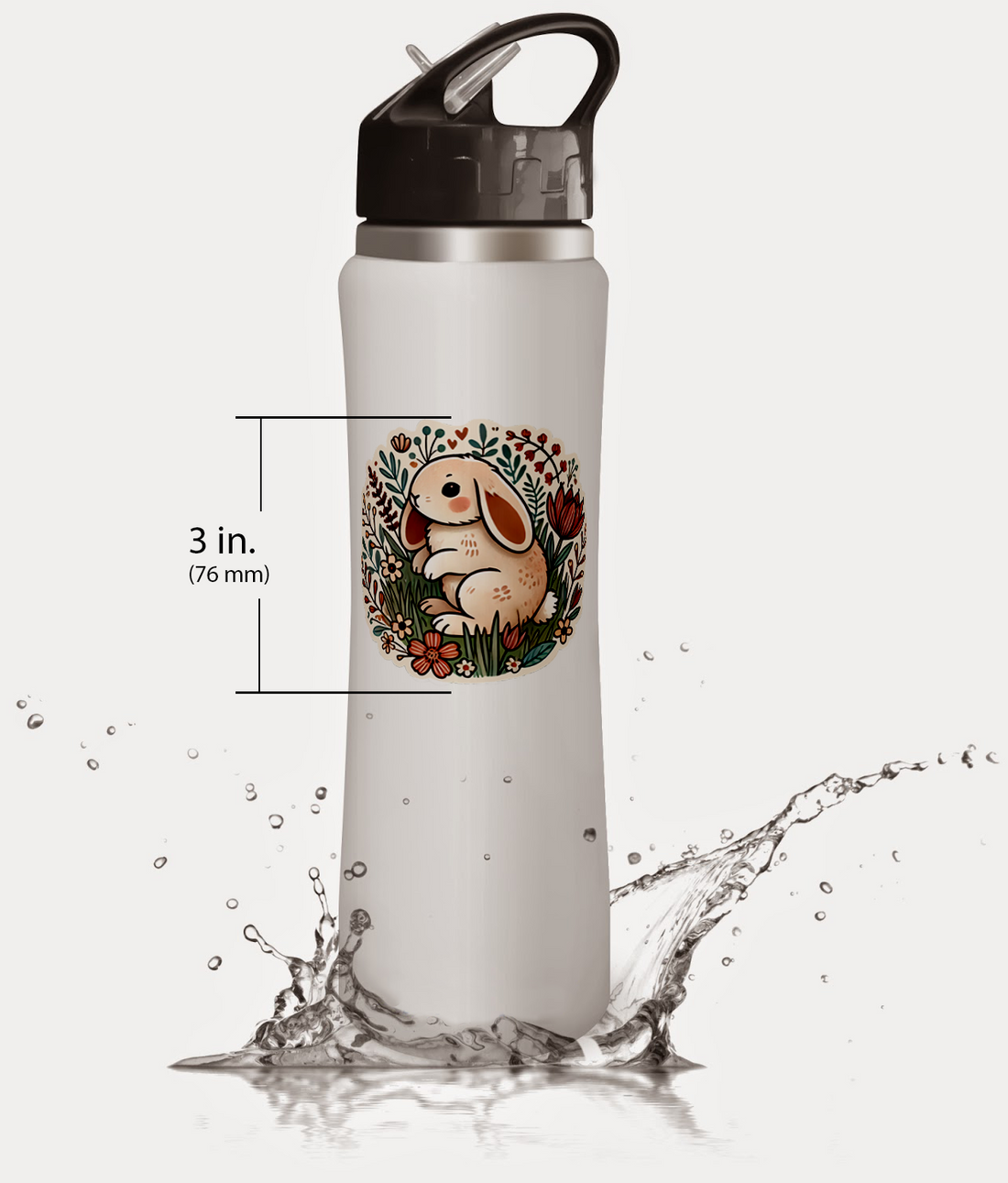



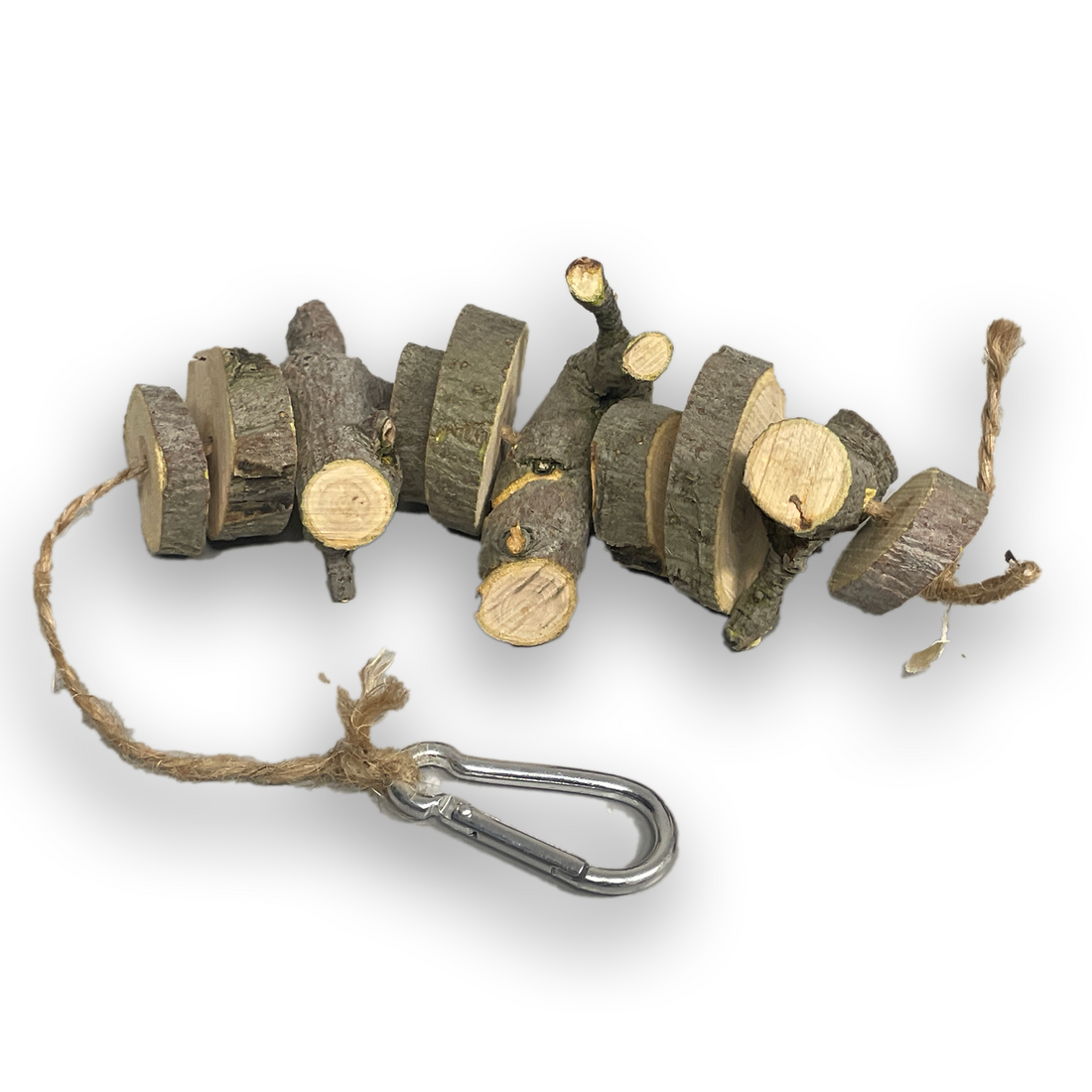


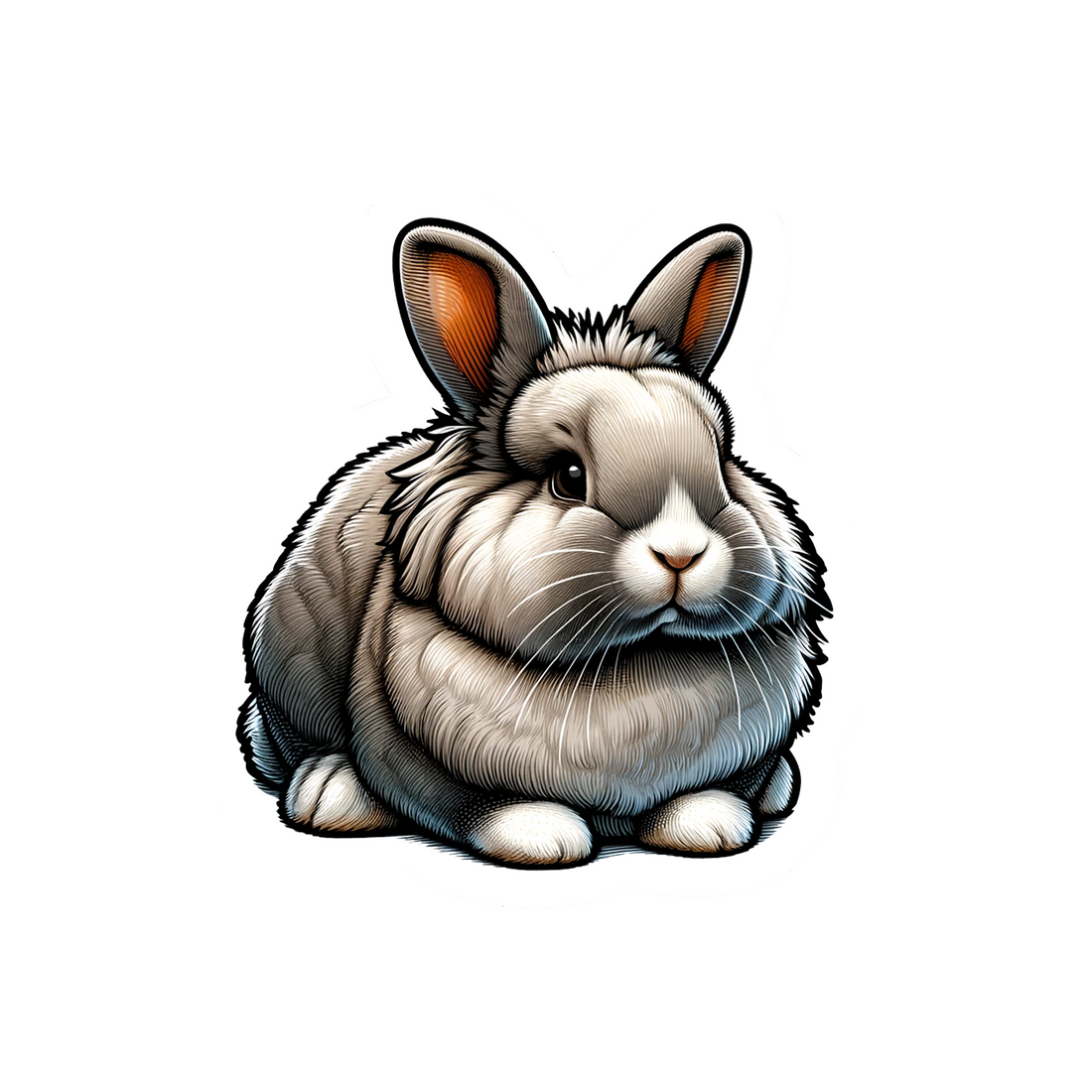
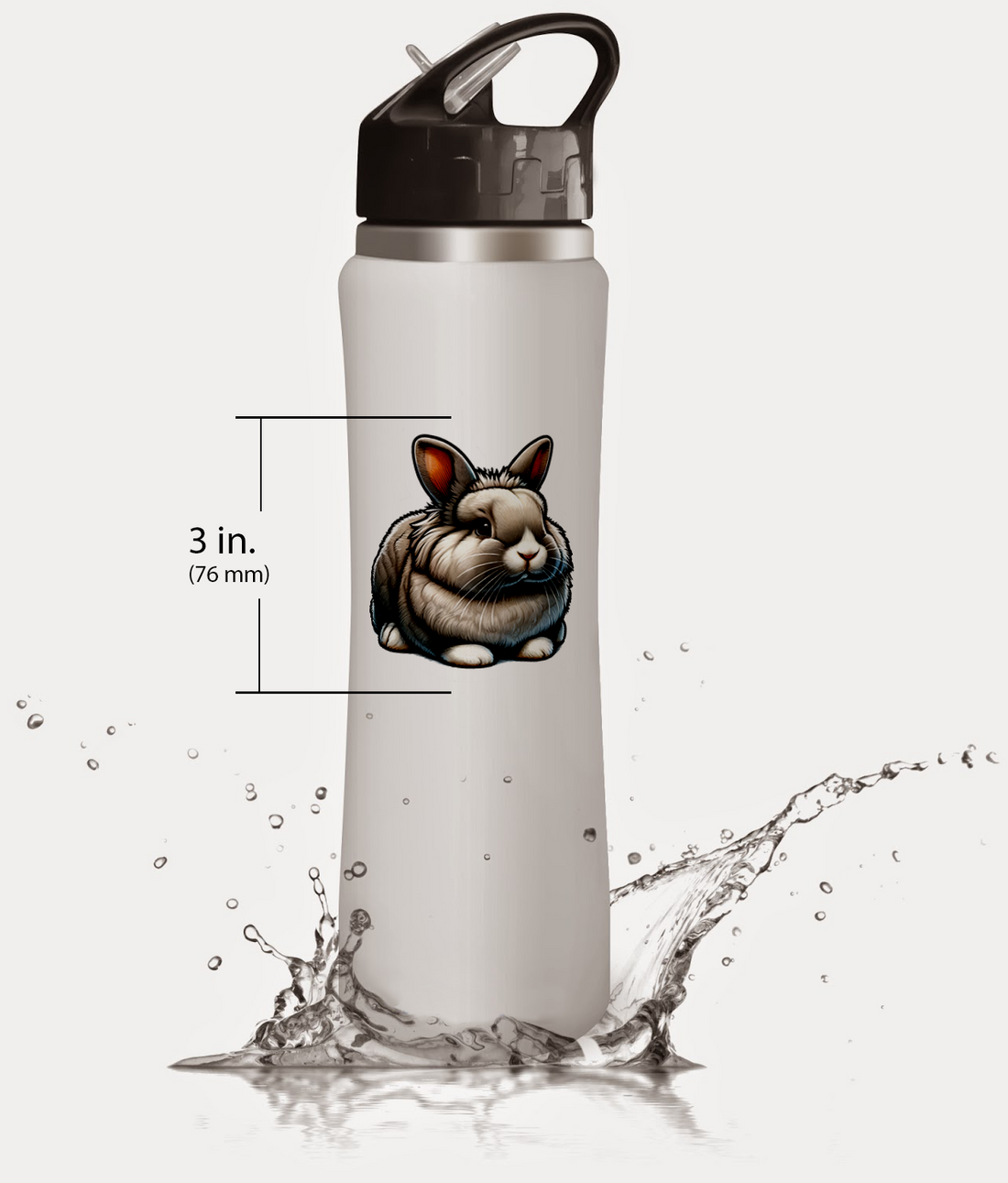

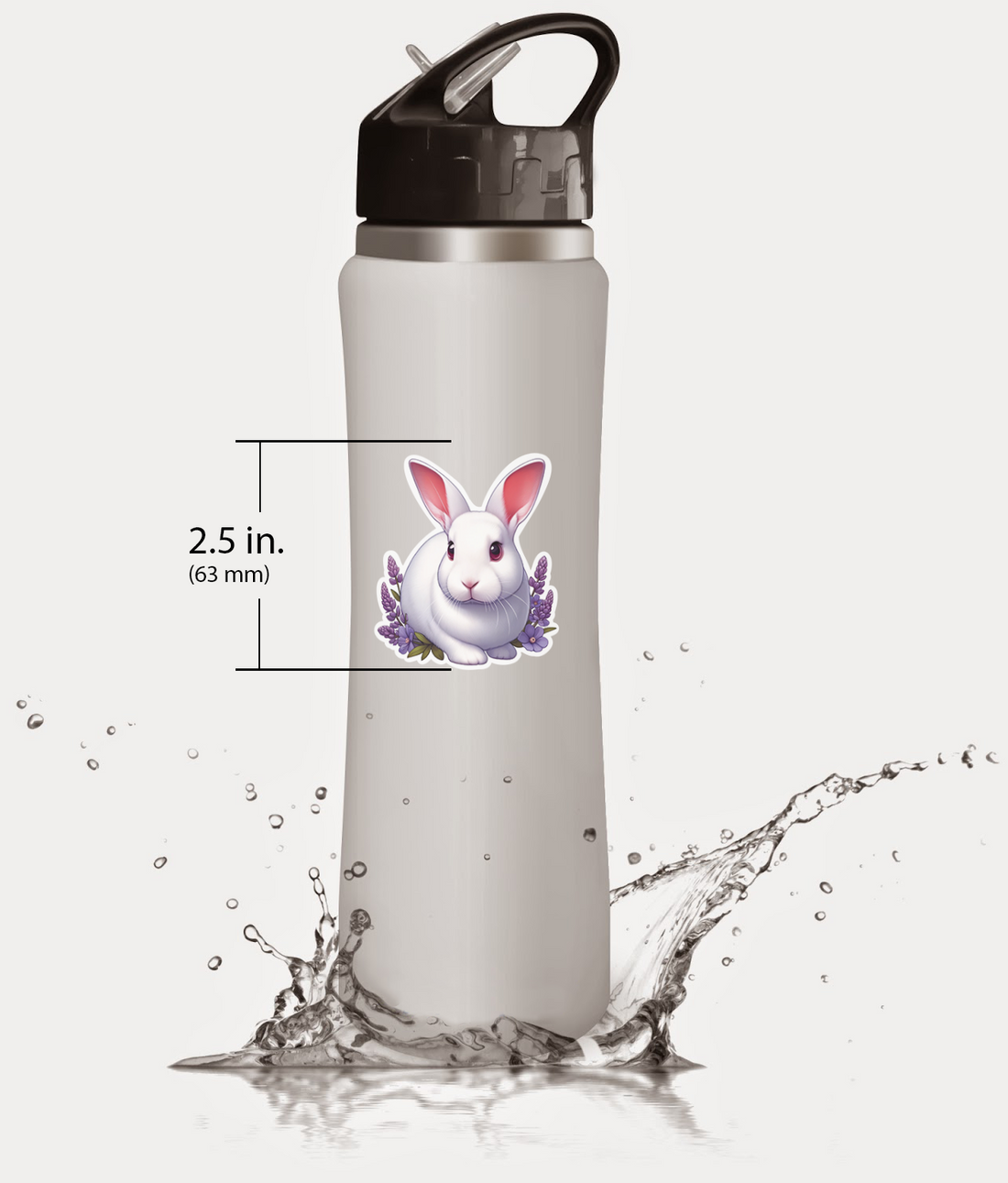
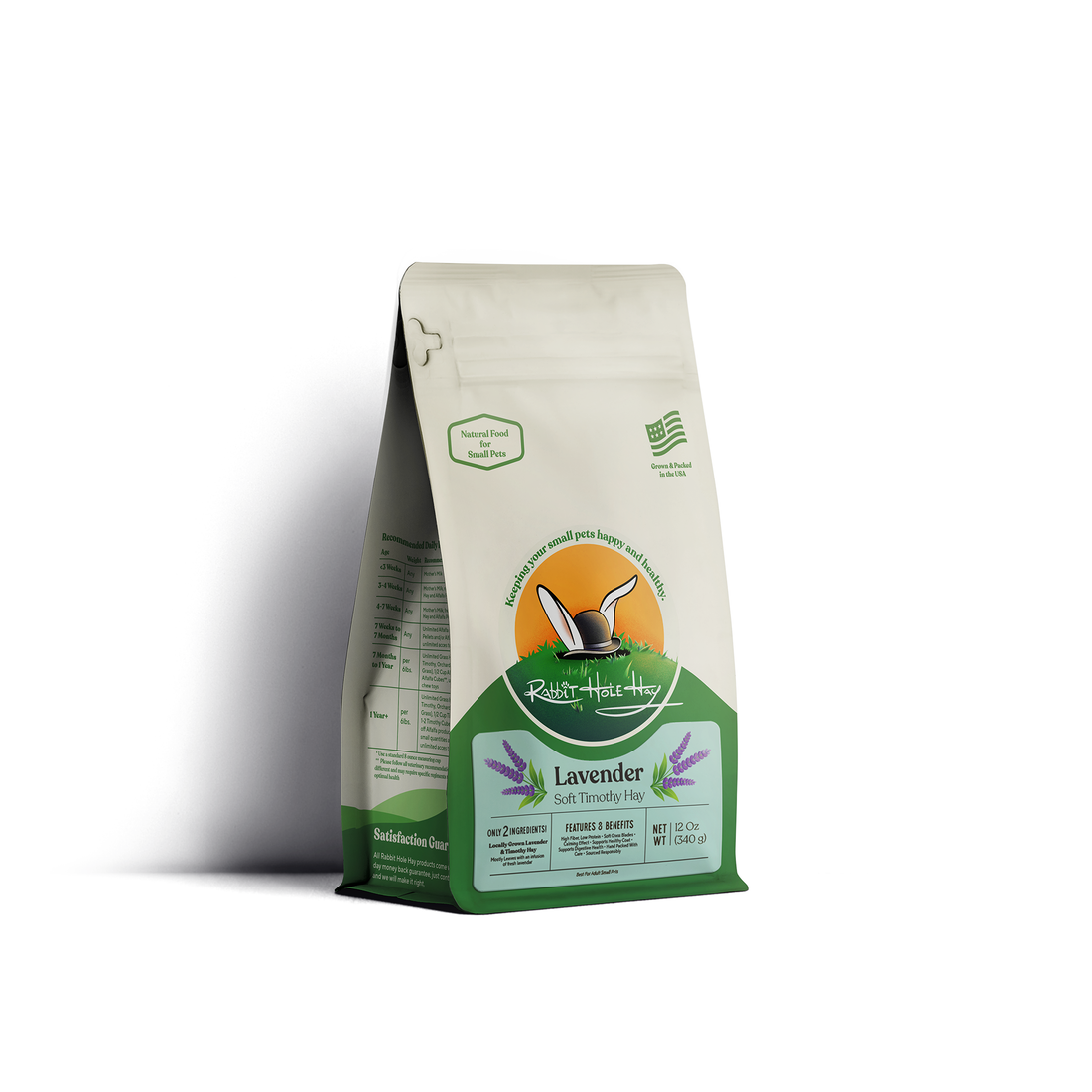
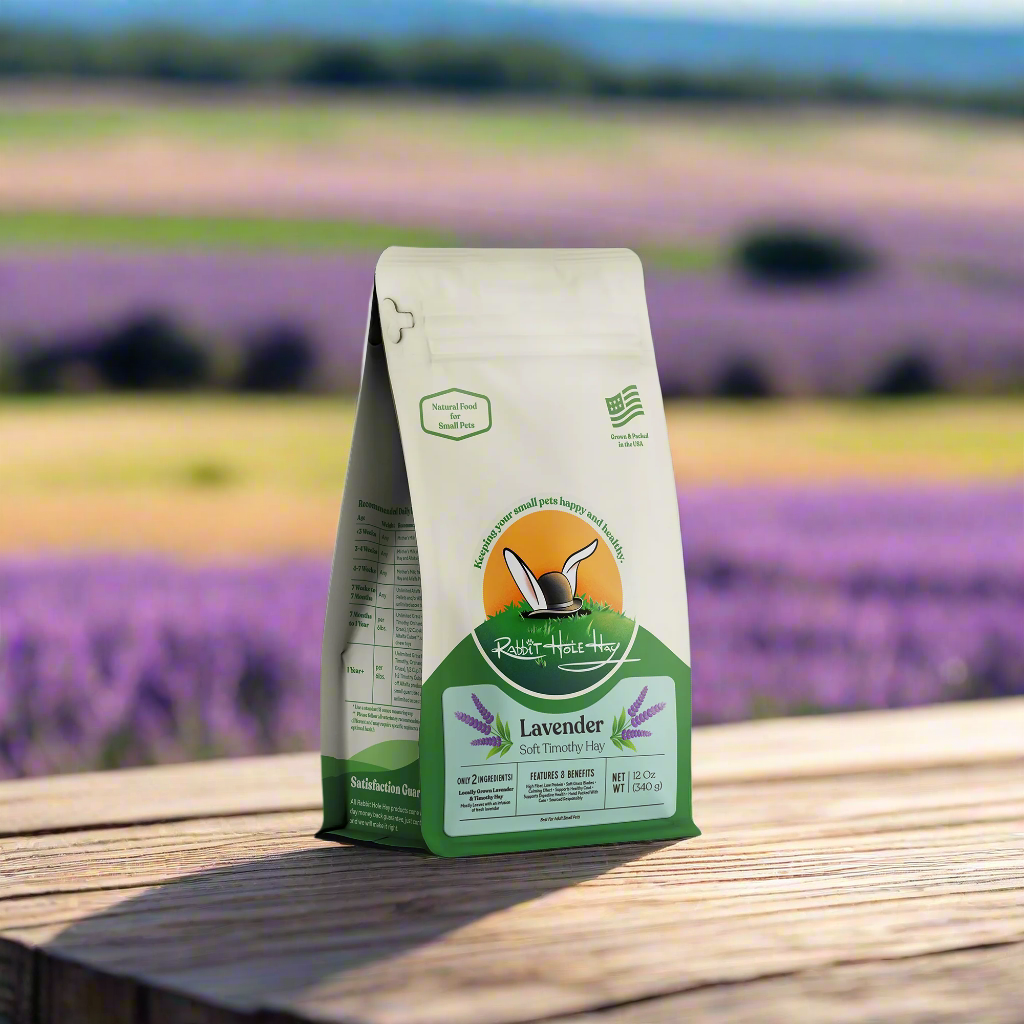


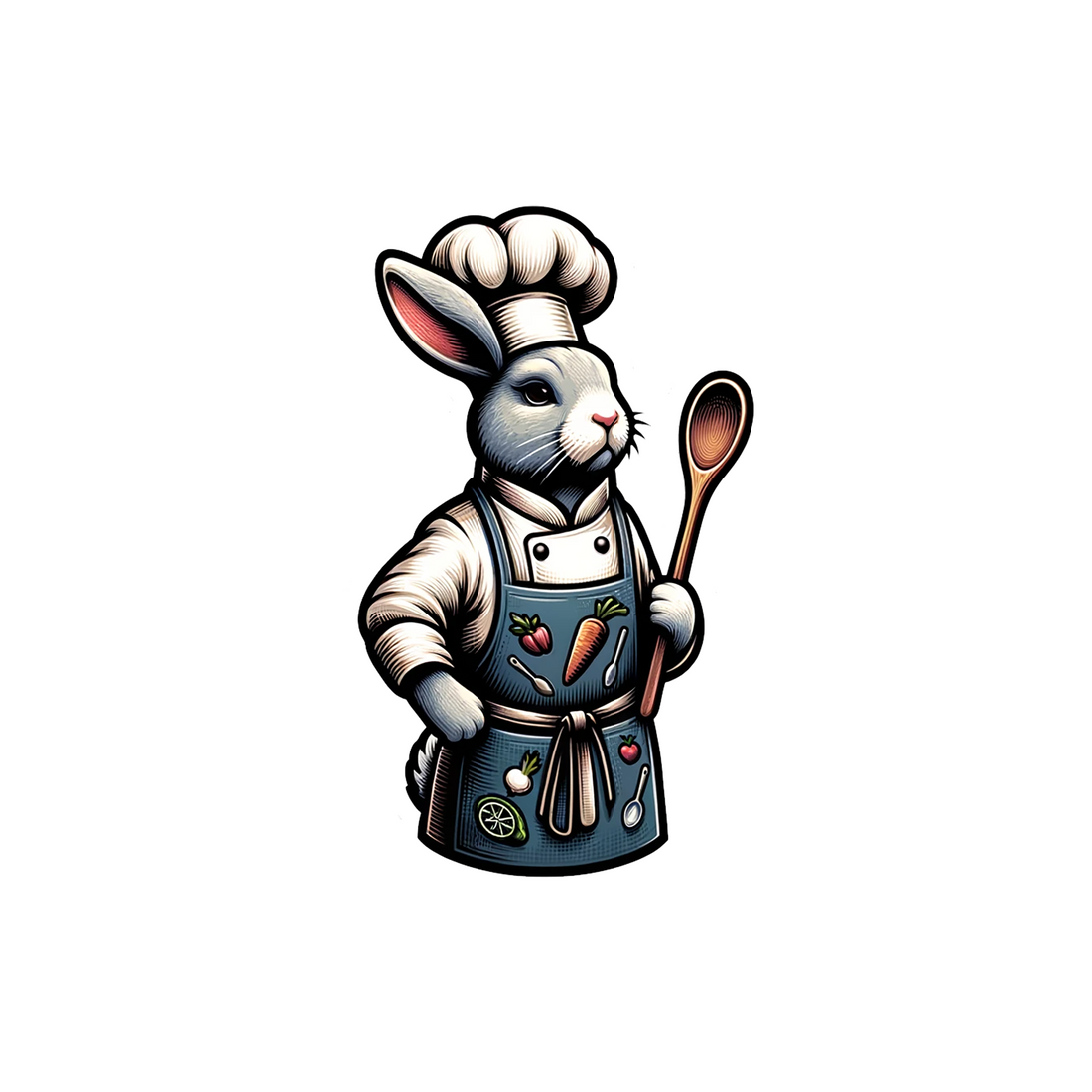
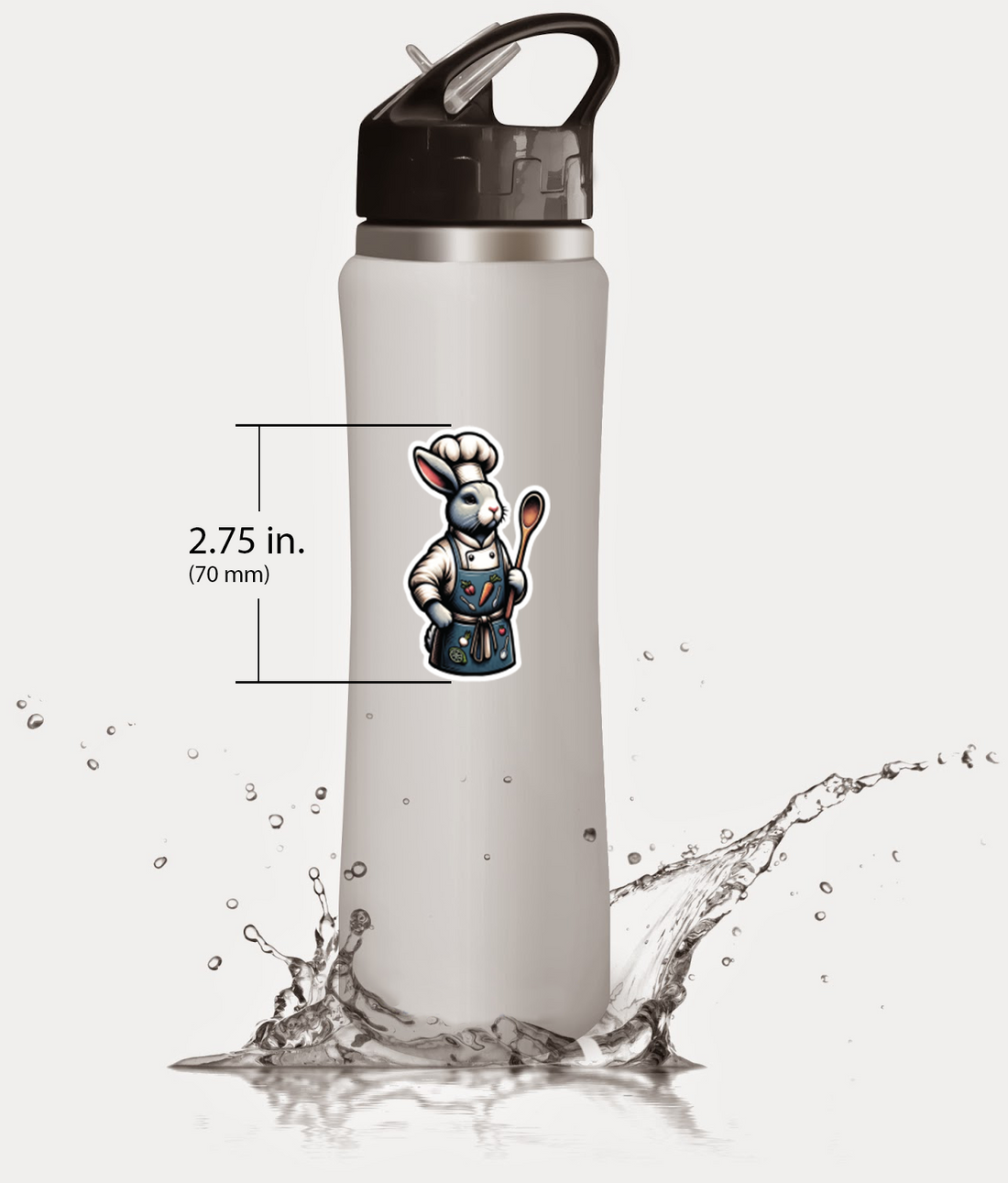






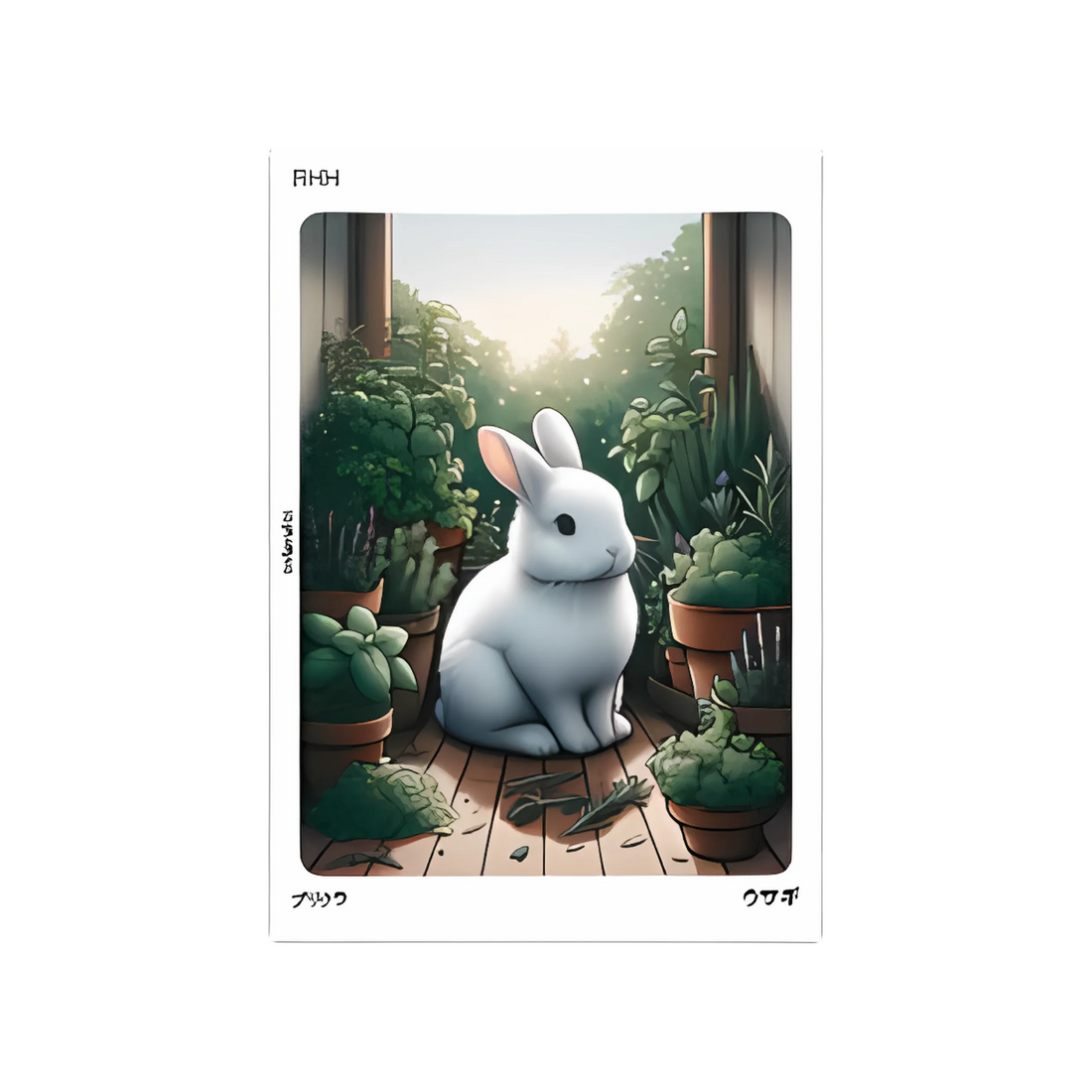

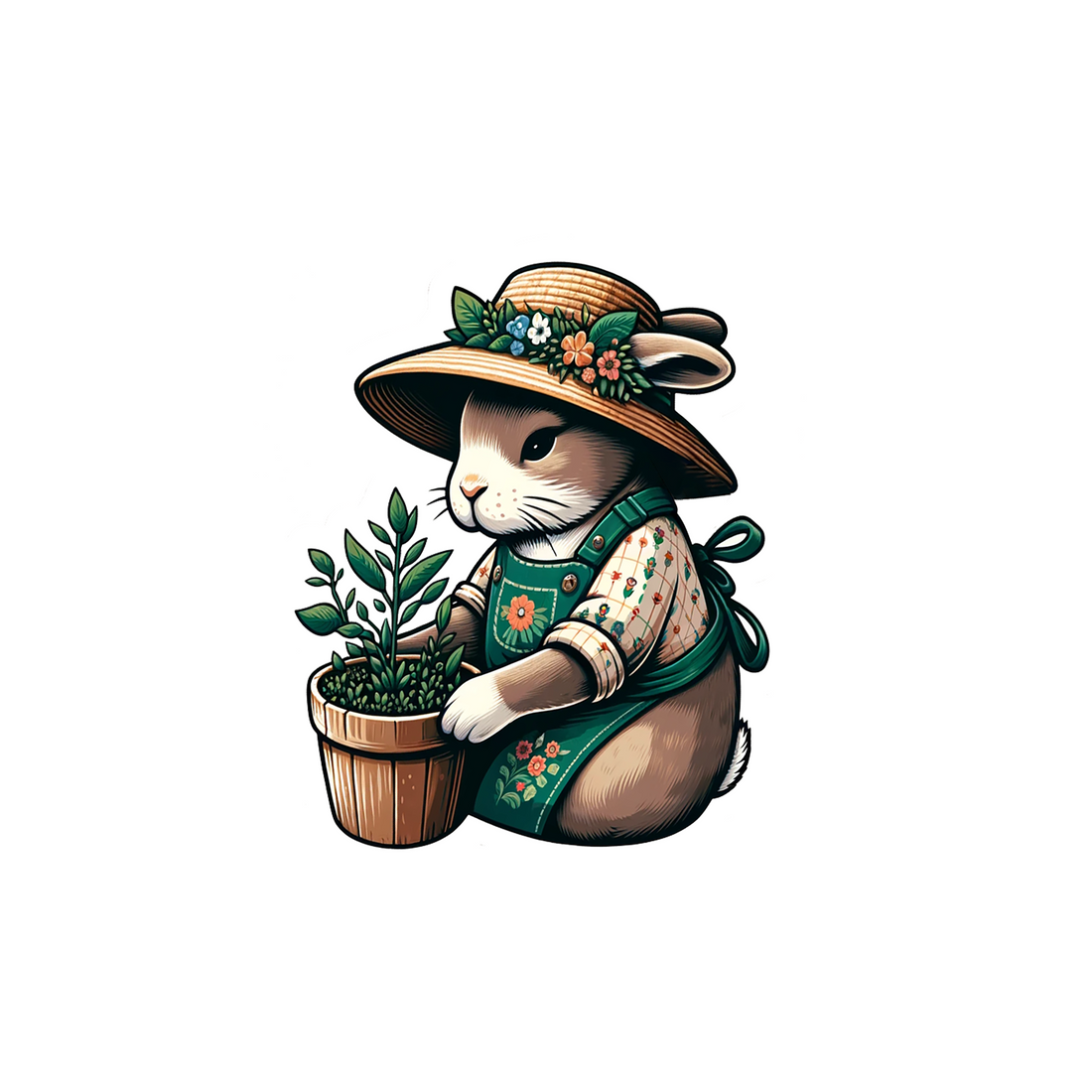
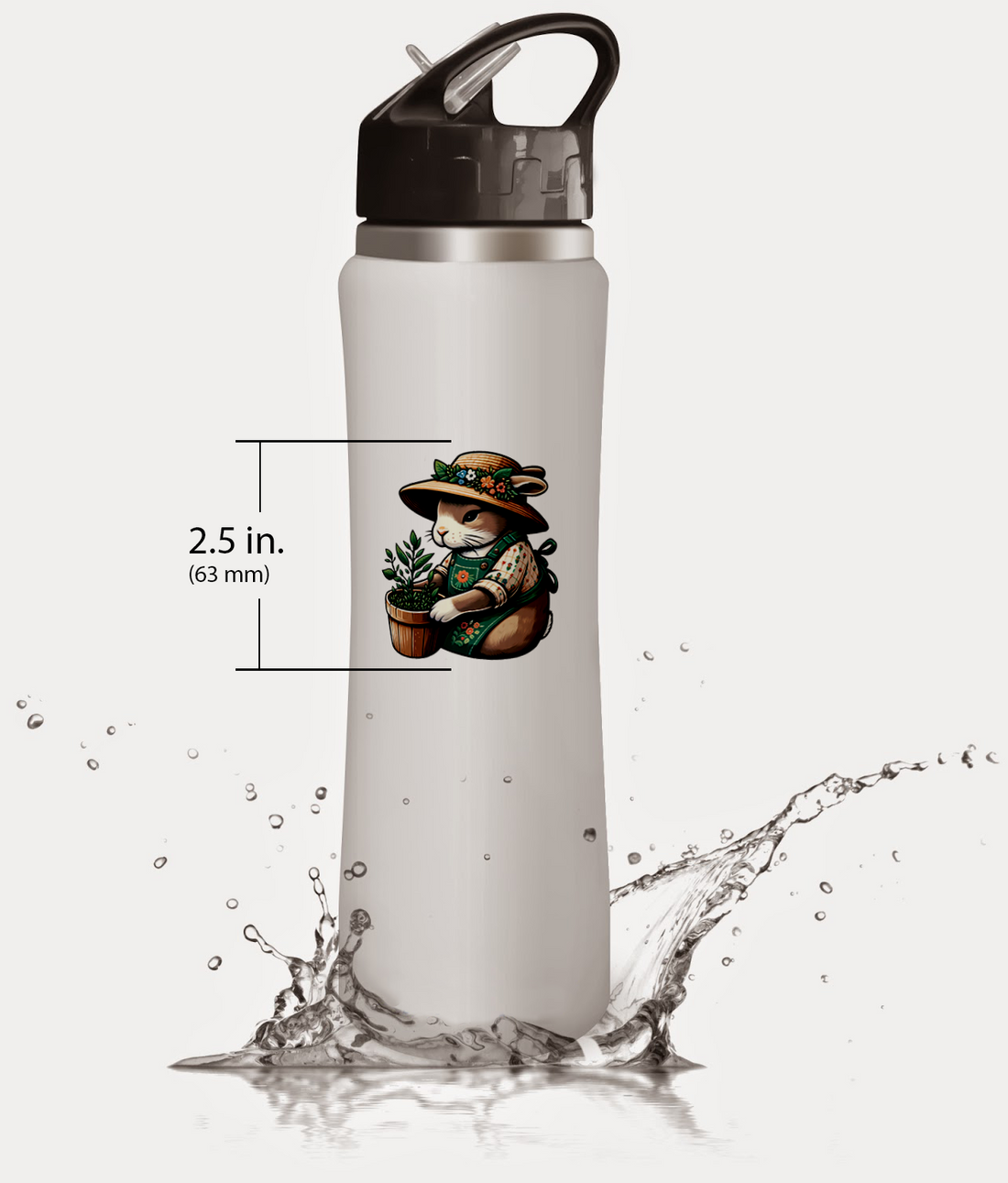






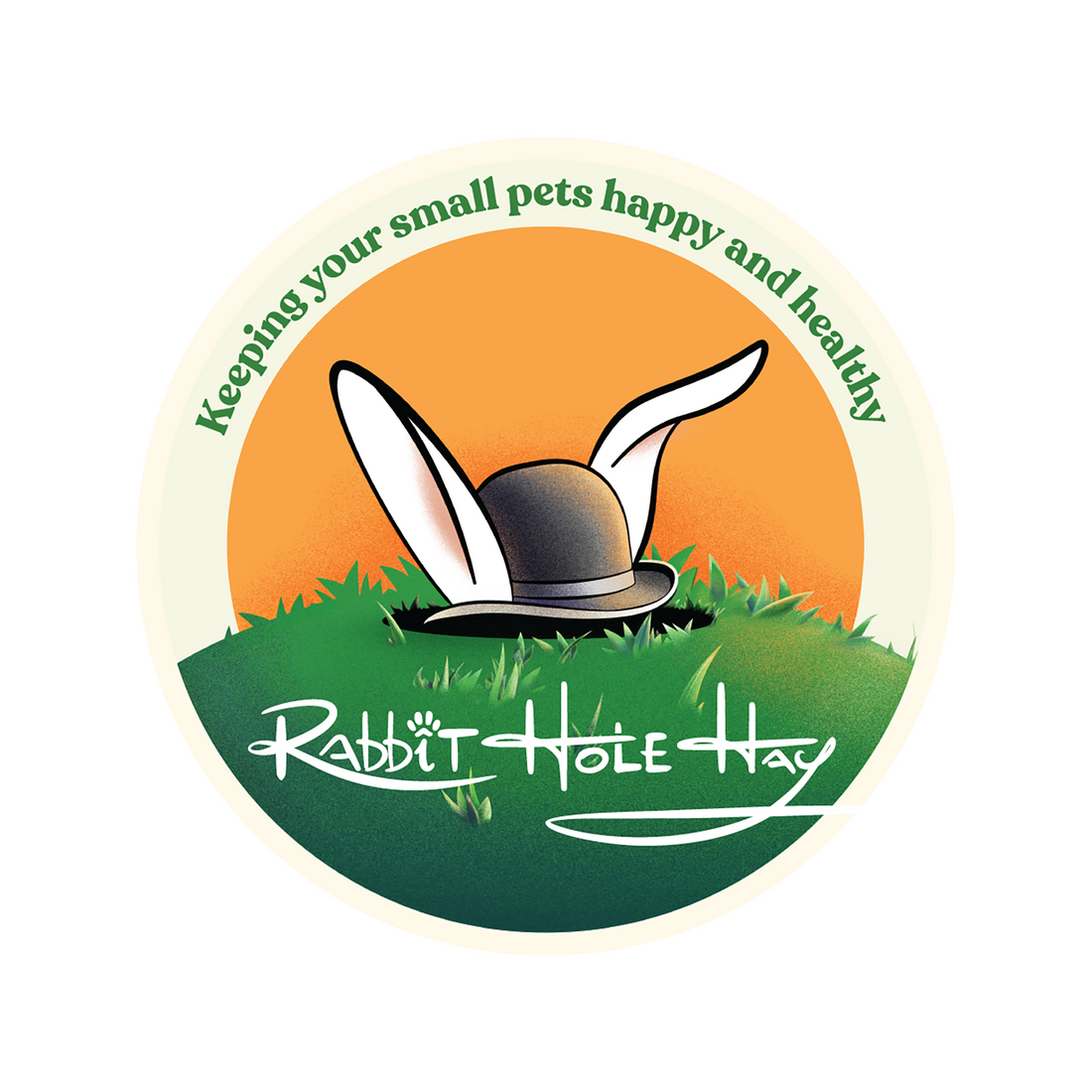
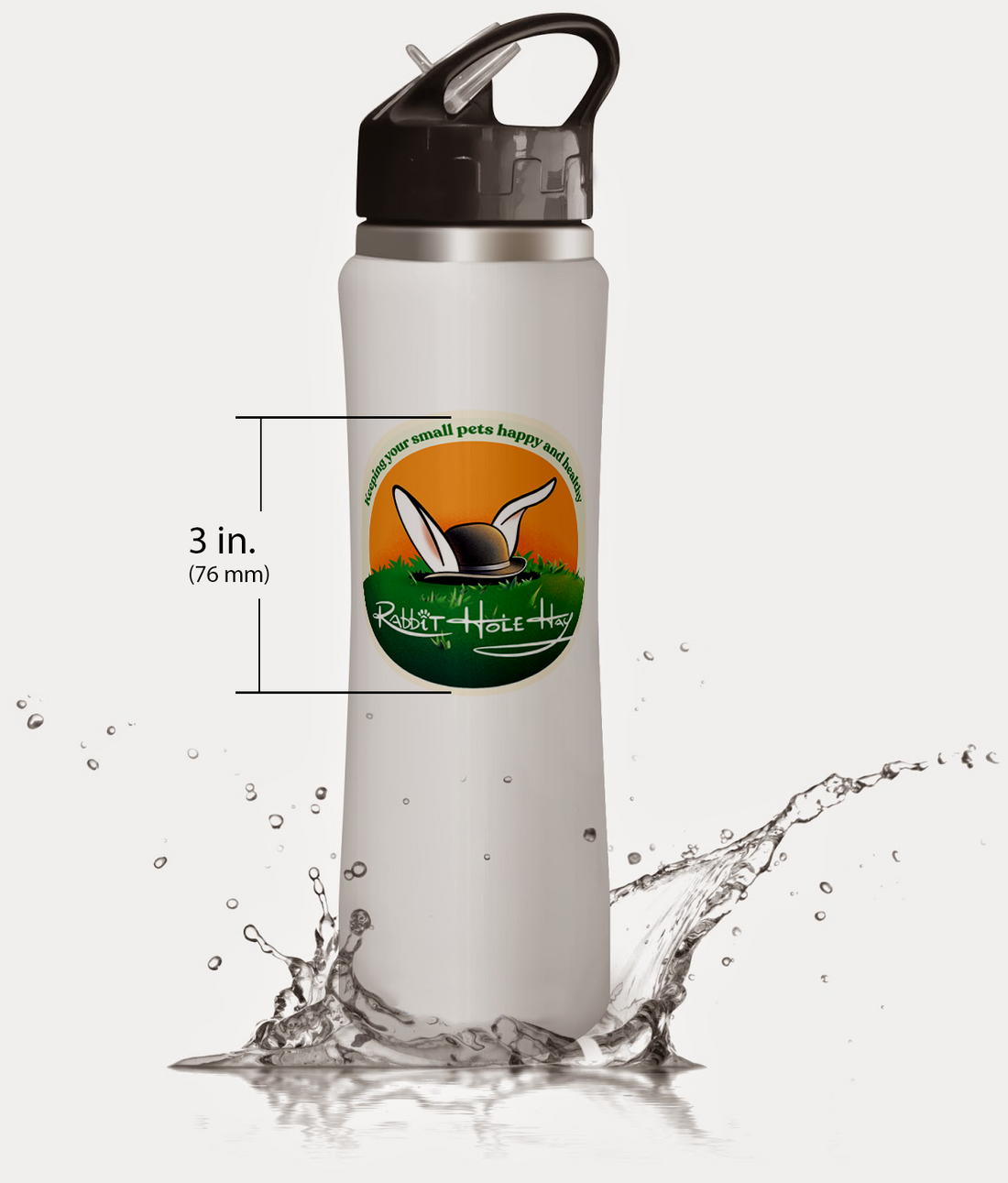









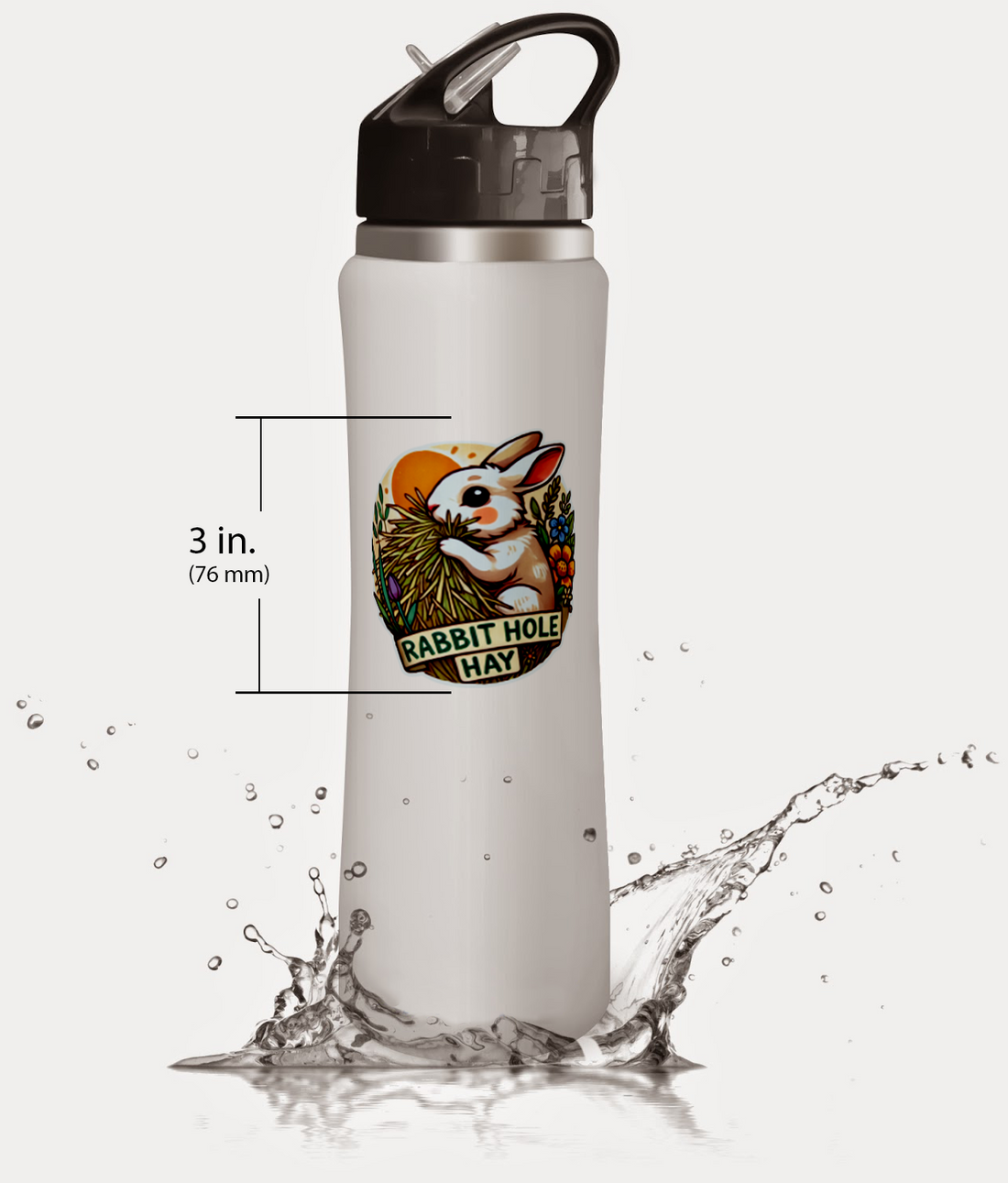

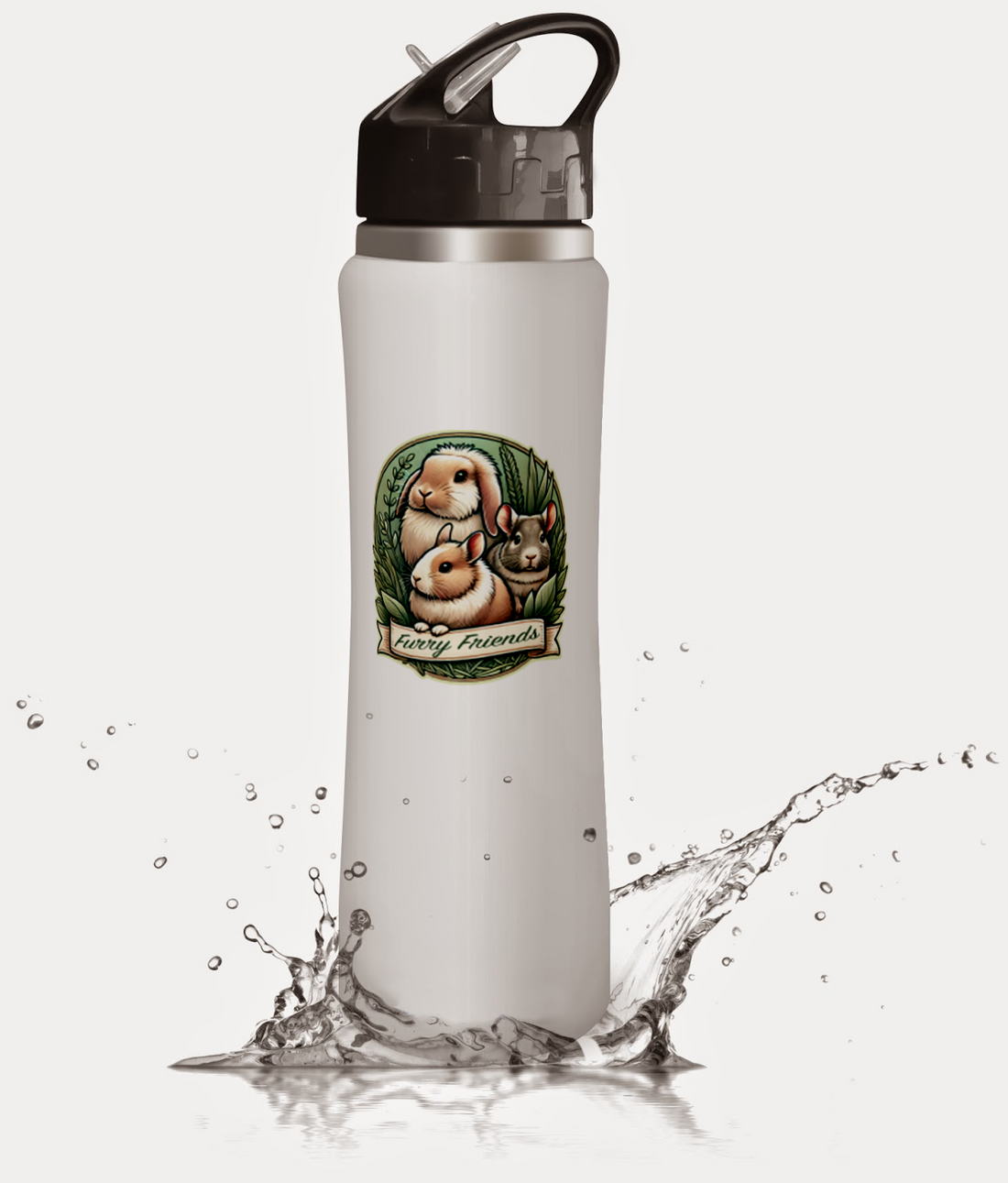

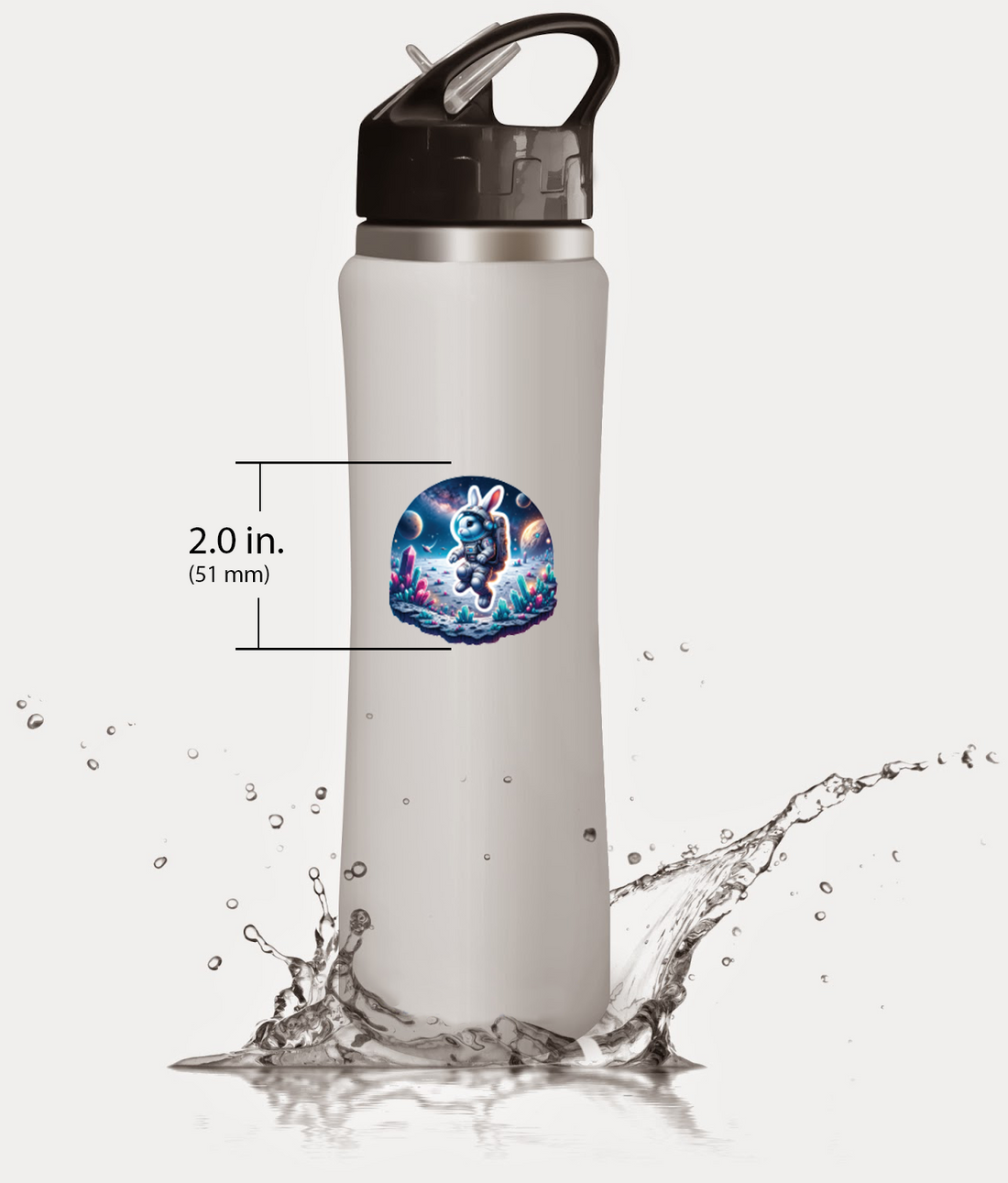



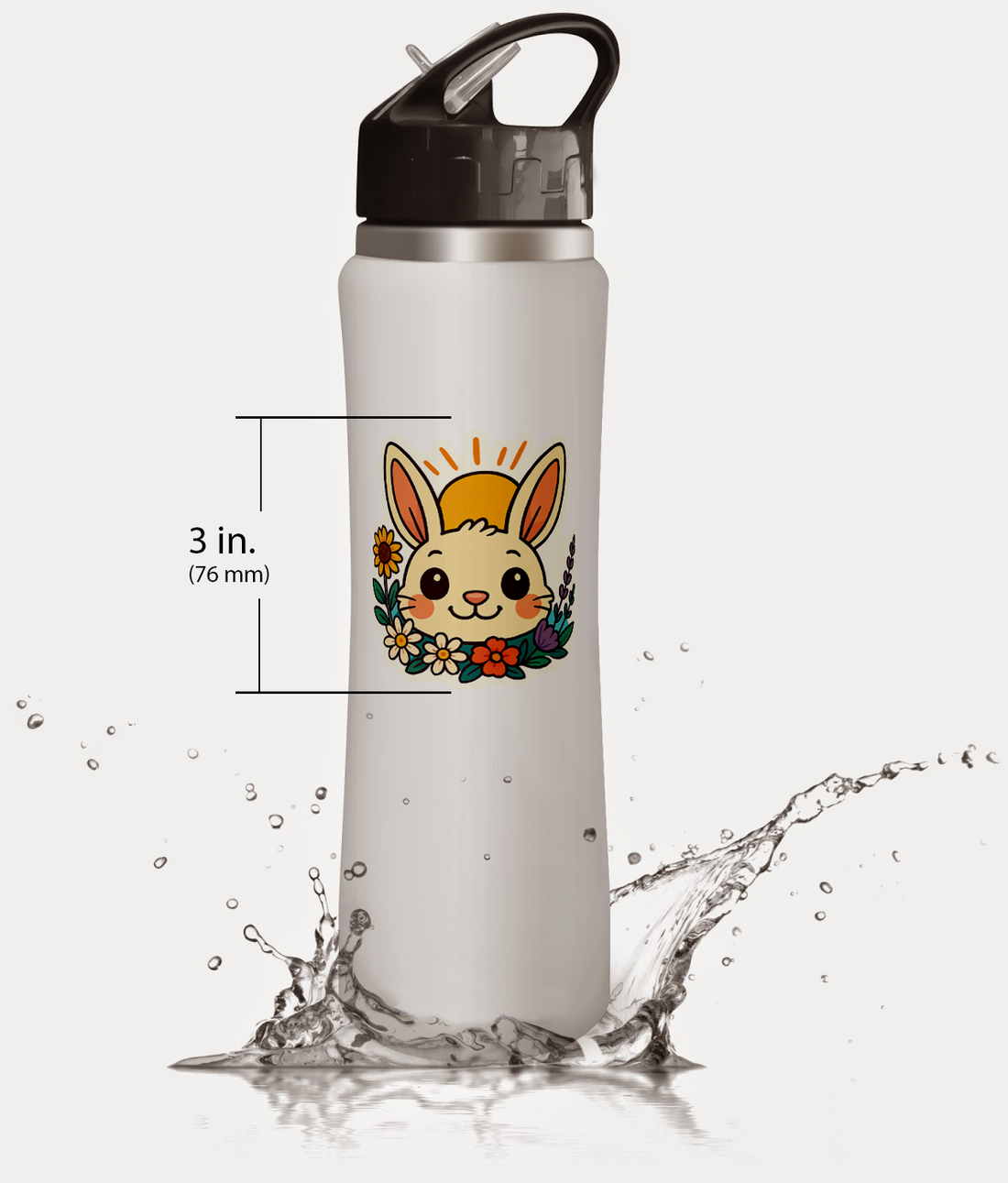







Comments